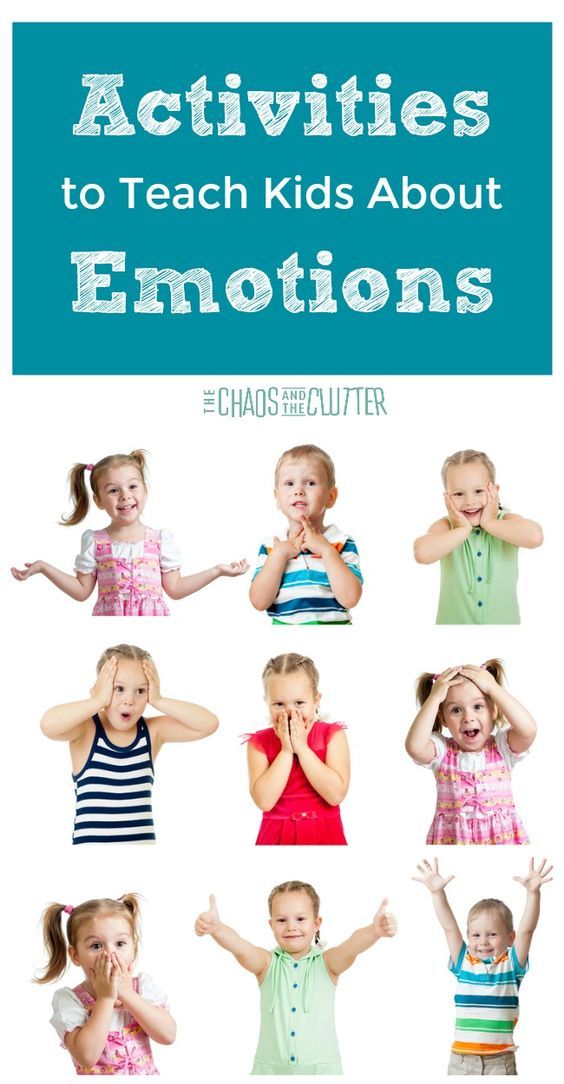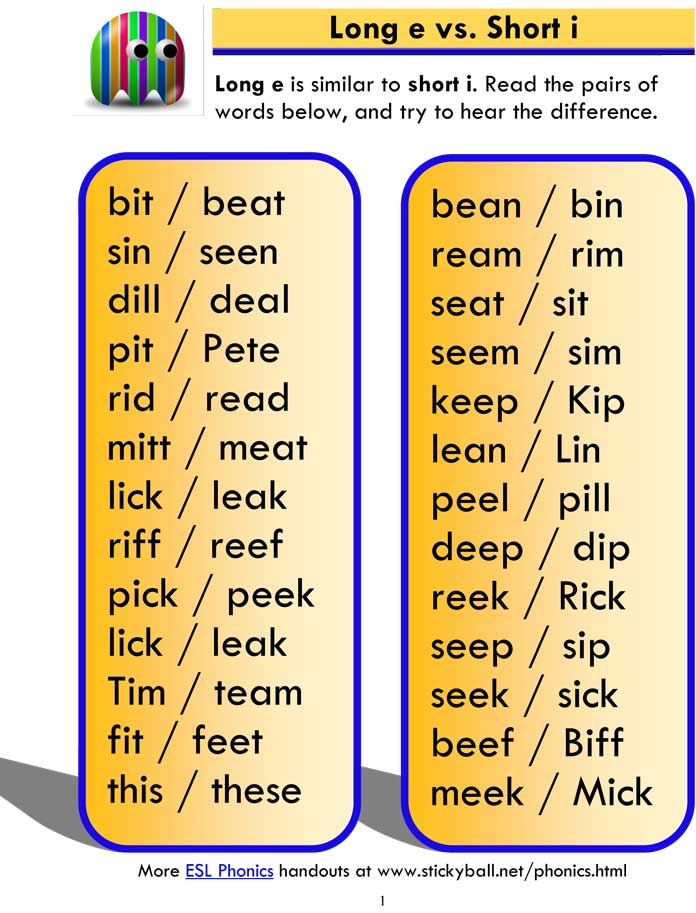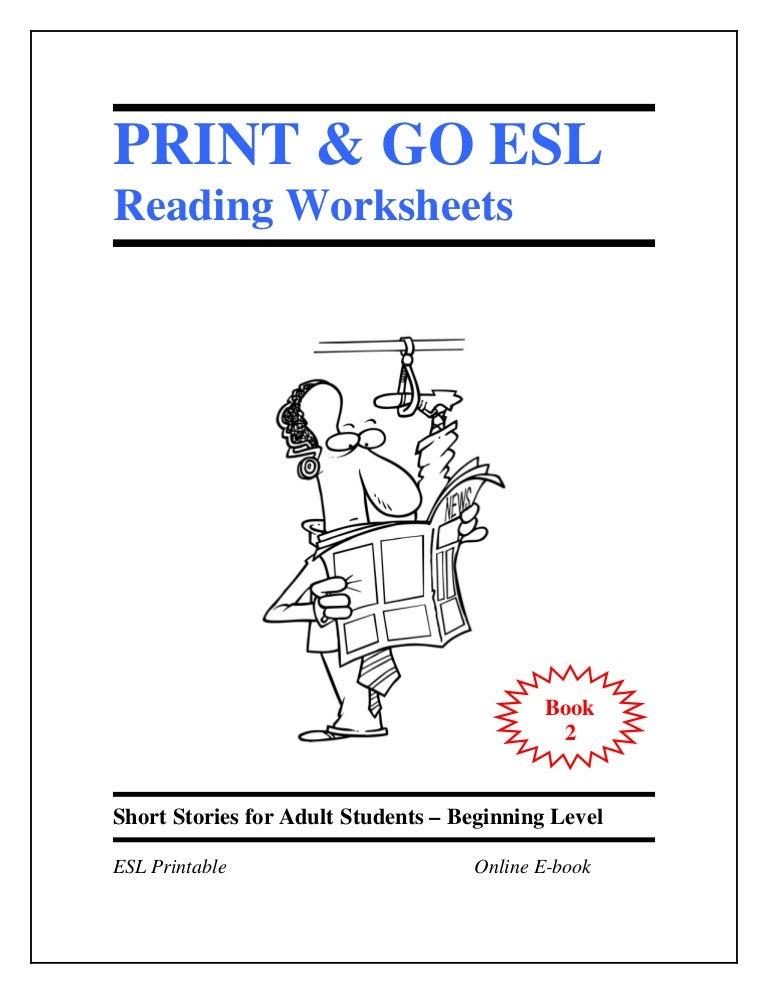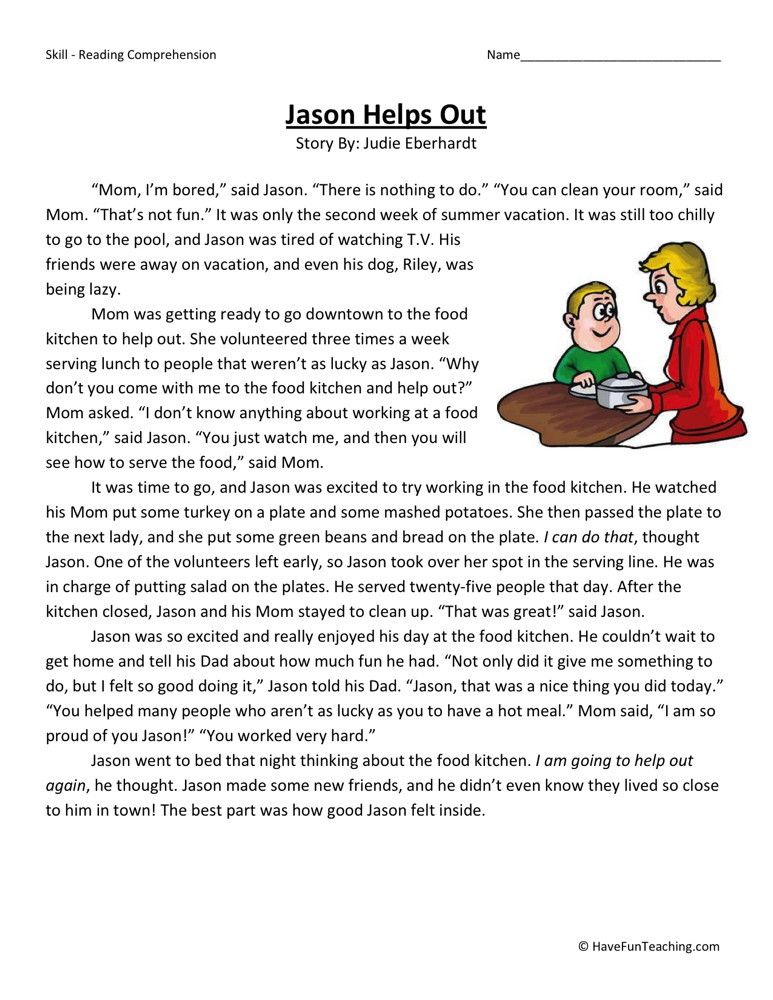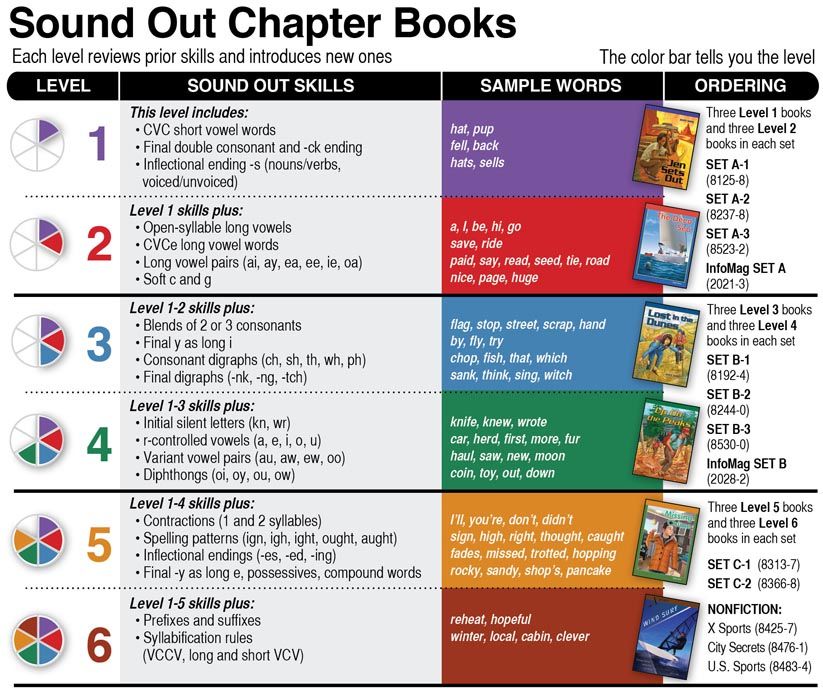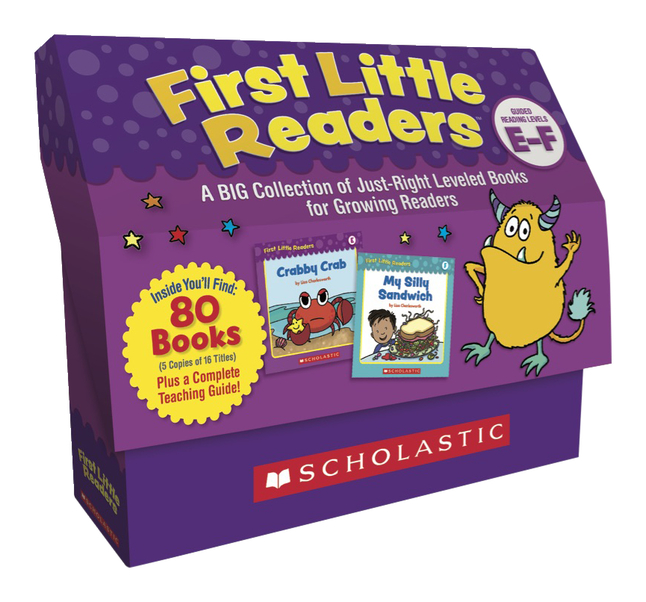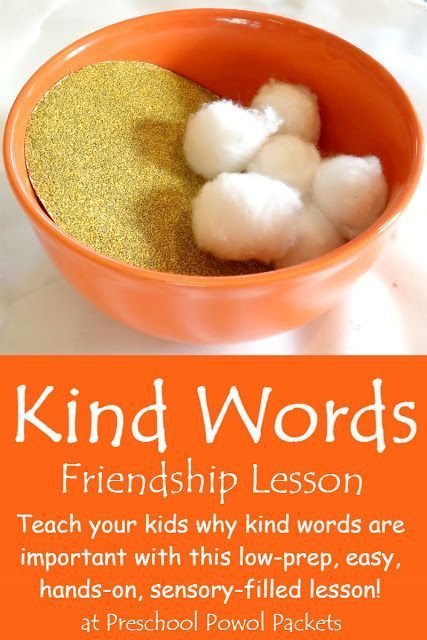Kids teaching activities
34 Educational Indoor Activities For Kids
Photo credit header image: fizkes/Shutterstock.com
As a parent, your kids are the light of your life. Some of that light, however, can quickly start dimming when you’re forced to keep them indoors for days on end. This may be due to illness, school closure, or anything else that might spring up unexpectedly (like COVID-19), but no matter the cause, it’s important to know how to navigate this situation.
Photo credit: fizkes/Shutterstock.com
Even if you love them to bits and enjoy the time you spend together, instances that require you and the kids to remain indoors are more likely to leave you frazzled than calm, collected and resourceful. For this reason, we’ve come up with a list of educational indoor activities for kids that’ll keep you sane
, and your kids entertained during lockdown.
The following indoor activities were recommended by parents and childcare experts:
1.
Photo credit: Prostock-studio/Shutterstock.com
School and extracurricular activity time aside, it can be difficult to find time to impart necessary life skills to your children. The best time for doing this is during the holiday season, or during unexpected breaks in their school schedule. Simple things like learning how to type, how to surf the internet safely, how to do simple cooking, doing basic cleaning around the house, or even using a knife safely when eating are important. You can also do fun things like playing the piano, hula hooping, or singing. Whatever the skill is that you think your kids need to know, take the time to introduce it to them in a fun way at home.
Lena from What Mommy Does puts it this way: “I think this time we have our kids at home presents a unique opportunity to those of us who don’t homeschool to spend quality time teaching our kids life skills that will help them when they grow up and leave the house. ”
”
She adds, “While I don’t dictate my children’s “fun” activities, I do have a list of things I personally want to teach them, and this includes
meal planning, making bread from scratch, cooking using only what’s in the pantry, washing clothes, mopping the floor, budgeting for necessities, and learning new skills.”
The Savvy Couple further elaborated on the importance of teaching kids life skills:
“These are skills that seem to have gone by the wayside that we think our kids will pick up as they go, instead of taking the time to teach them. The simple act of kids learning to tie their own shoes is a big one. As busy parents, we often move our kids quickly from one activity to the next. This means we either tie our kid’s shoes for them or use an easier type of shoe with no laces. Take the time to teach your kid a basic skill they’ll need for the rest of their lives.”
Check out The Savvy Couple’s Activities for Kids at Home listing for more helpful ideas!
Photo credit: GobMetha/Shutterstock.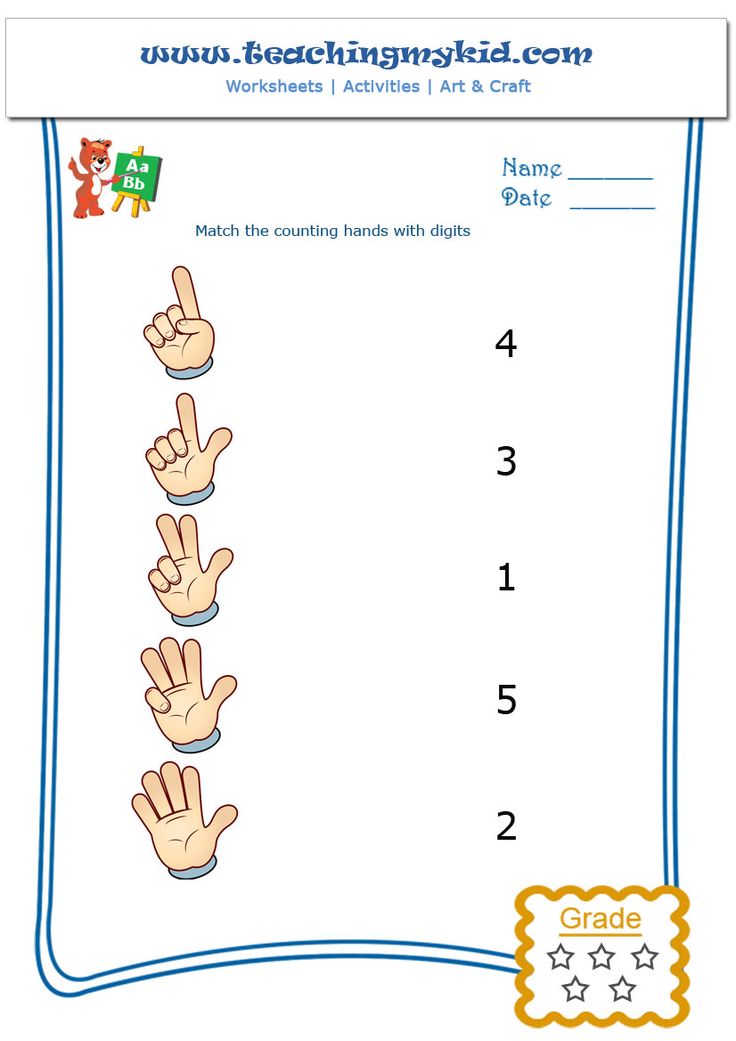 com
com
Bring back the good ol’ times with some nostalgic or traditional activities. This can range from relearning how to make a friendship bracelet to learning how to navigate a non-digital map. Even simple things like using sneakers with laces (as opposed to Velcro) sometimes need to be relearnt. Go with your gut on what needs to be reinforced or re-learned and fit in some time for a refresher course.
3. Alphabet Matching for younger children
Photo credit: Christopher Willans/Shutterstock.com
According to Carly from the Mommy On Purpose website, alphabet matching is a great learning activity for younger children. She details the process below:
“Teach them letters using a magnetic alphabet set and a cookie sheet. Write the alphabet on the cookie sheet using washable markers (or alphabet stickers) and have your kiddo match the magnetic letters to the letters on the sheet.”
Another option Carly recommends is writing the alphabet on the fridge.
“Just check an inconspicuous place first to make sure those “washable” markers do in fact wash off!” she warns.
For preschoolers: “Just let them go at it and match the alphabet in any order. Congratulate them for the effort… say something like, “Yay, you matched the letter “D”!
For older children: “Ask them to do it in order (A-B-C-D) and work on what sounds the letter makes while they match it. If your child has a great memory and this is “too easy”, ask them to match randomly by sound only, phonetically - (“Can you match the letter that makes the sound mmmmmm”?).
4. Learn about a new country or culture
Photo credit: Leika production/Shutterstock.com
You don’t need to have travelled all over the world to be able to introduce your children to new countries or cultures. There are fun ways to let your kids experience different cultures without leaving your home, and this can include trying new cuisines, embracing the culture of new places through the reenactment of entertainment (singing and dancing), and learning the basics in terms of new languages. Play a game with your children by letting them blindly point out a place on a map, after which you all find a way to bring one aspect of that place into your home, if only for one day!
Play a game with your children by letting them blindly point out a place on a map, after which you all find a way to bring one aspect of that place into your home, if only for one day!
5. Teach them how to garden indoors
Photo credit: Ulza/Shutterstock.com
Gardening can help your children learn about where food comes from, and how things grow. If you and the kids must be indoors for a while, and can’t go outside to enjoy nature, consider creating an indoor garden. If you’re not sure where to start, there are many YouTube channels which detail this process, even providing advice on the easiest things to grow. To start off with, try regrowing vegetable scraps including lettuce, avocados, green onions, carrot greens, green peppers or celery.
6. Teach them how to cook and bake
Photo credit: fizkes/Shutterstock.com
The Savvy Couple recommends that parents take advantage of the educational opportunities that come with cooking together.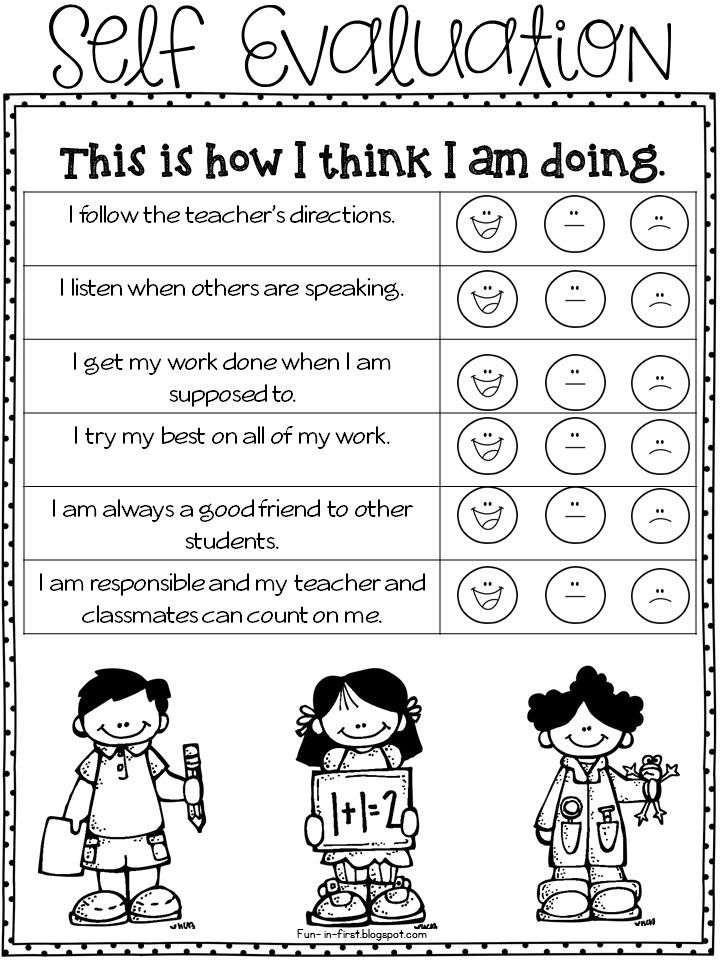
“You have math, health, independence, following directions, reading and so many more aspects you can bring in. Have your child research what they want to make. Help them with a budget to shop for the ingredients or find what they need in the pantry/refrigerator. Read through the ingredients and instructions and discuss with them different aspects of the recipe. Get out the measuring tools and have them do all the measuring, pouring and mixing. Cooking is a life skill they will also need for the rest of their life!”
7. Practice storytelling aloud and writing stories
Photo credit: Vasilyev Alexandr/Shutterstock.com
There’s a difference between reading aloud and reading in your head, and this is likely to be something you can work with your child on improving. Let them build their confidence and make use of their vivid imagination as they story tell straight from their head.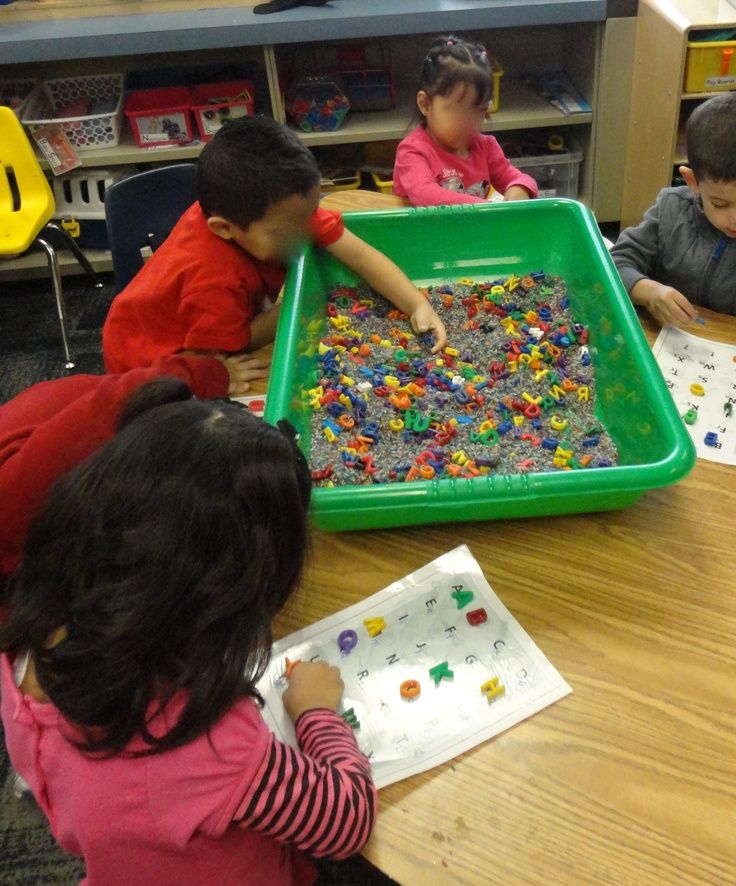 If this is a new activity, you can help them build the story until they’re more confident. Storytelling is a skill they can have fun with now and appreciate later. Get into the storytelling activity by asking questions when there’s room to do so. Afterward, try to help them get that story onto paper!
If this is a new activity, you can help them build the story until they’re more confident. Storytelling is a skill they can have fun with now and appreciate later. Get into the storytelling activity by asking questions when there’s room to do so. Afterward, try to help them get that story onto paper!
8. Teach them about uncommon spices for cooking
Photo credit: Bangkok Click Studio/Shutterstock.com
Go beyond just cooking with your children – introduce them to commonly used spices, and the differences between each. This will involve a lot of taste testing, and a way to get them even more involved is allowing them to help select recipes to make together. Even the pickiest eater may be a little more willing to try new things, especially if they cooked it up themselves!
9. Create a family time capsule
Photo credit: Monkey Business Images/Shutterstock.com
Create something you can look back on in a year, or even as far off as ten years with your own family time capsule.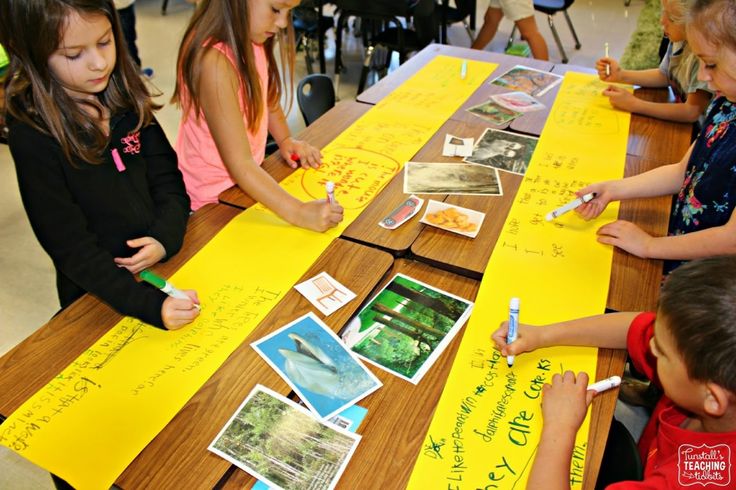 You can include photos, letters, lists of best local spots, favorite foods, or even a magazine or two. The kids can also write and toss in the names of some of their best friends and most loved toys to look back on later. DIY capsules can be made by placing these items into a box, bottle, or a paper bag. Hide it away somewhere safe and set a date to open it up!
You can include photos, letters, lists of best local spots, favorite foods, or even a magazine or two. The kids can also write and toss in the names of some of their best friends and most loved toys to look back on later. DIY capsules can be made by placing these items into a box, bottle, or a paper bag. Hide it away somewhere safe and set a date to open it up!
10. Read a new (or old) book together
Photo credit: Monkey Business Images/Shutterstock.com
Whether your little ones are strong readers or they’re just getting started, reading is a great way to bond and help them build their vocabulary. Reading with you may give them a different perspective on a story they’ve read before, and you’ll enjoy the snuggle time together!
Rese Buse from the lifestyle blog Tiaras & Tantrums recommends going a step further for younger school-aged children by creating a curriculum around a book.
“Simply select a book and create assignments around the book in each subject.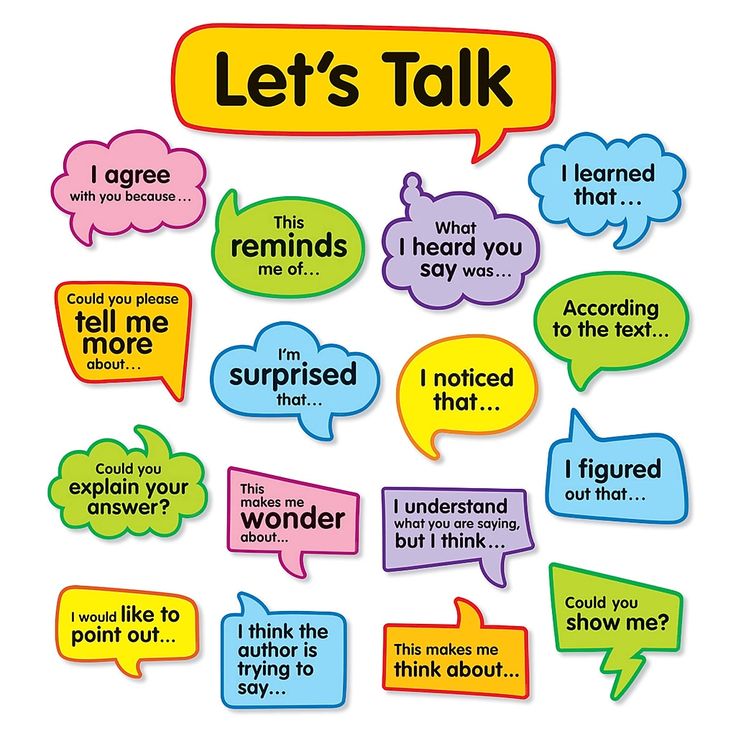 It is very simple to create 10-12 different activities based on one book,” she notes. These assignments can be science, math, or even art oriented, which will help your kids learn while enjoying a good book.
It is very simple to create 10-12 different activities based on one book,” she notes. These assignments can be science, math, or even art oriented, which will help your kids learn while enjoying a good book.
For more Tips for Remote Home Schooling During Emergencies check out Rese’s blog!
11. Start a new craft project
Photo credit: VGstockstudio/Shutterstock.com
Craft is always a good idea if you want to keep the kids busy while they’re at home. While this is a popular at-home activity for many parents, Maggy from Red Ted Art says “finding the right kind of activity” is key. This means that whatever you do should be age appropriate. She also advises parents to “manage your expectations”.
“With younger kids there are lots of Preschool Crafts you can try out,” she says. “Go for easy ideas that will really engage the children and help develop cognitive and fine motor skills – you can also introduce things such as color theory and shape activities.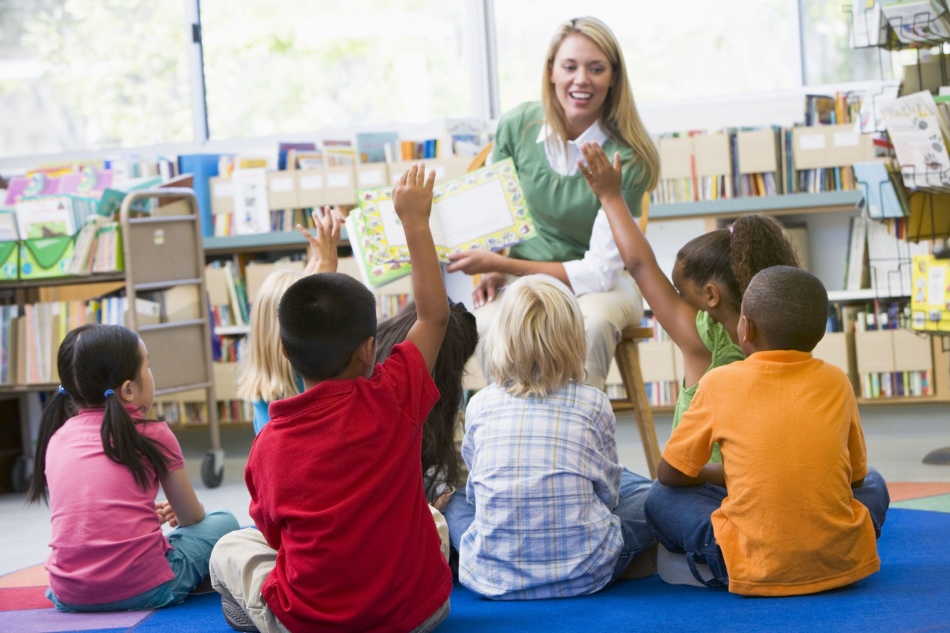 ”
”
If your kids are under 5, Maggy advises parents to remember that the goal is to work together.
“Few under 5’s can truly work independently,” she says. “So you will have to set the time aside to work with them. It’s a good idea to pick out projects you can make together that they can then play with. Our toilet paper roll characters are great for this, or maybe something like a DIY Dolls house that you can add to over time.”
For kids 8 and over Maggy says parents should look towards getting into projects that encourage “independent crafting”, while for those between the 5-8 year mark, parents should help as much as possible, while still taking cues to know when to let them work independently.
Tip: Stock up on all the necessary supplies before getting into a craft project. This will cut out the need for spontaneous trips to the craft store with the kids.
Oh, and if you run out of ideas, Pinterest can help!
12. Teach them how to paint or draw
Photo credit: Tania Kolinko/Shutterstock.com
Creativity is something many children are born with, but this can also be encouraged through immersion. If you’ve tried quilling or making origami hearts for special occasion cards, the next step might be teaching the kids how to draw or paint. Feed their imagination by teaching them what a pencil and a paint brush can do. Chances are, you’ll be surprised by how quickly they learn!
13. Play some old educational board games (or puzzles)
Photo credit: David Prado Perucha/Shutterstock.com
Board games and puzzles, especially educational ones, are great for reducing screen time for kids of all ages and can help with family bonding.
Kirsten Maxwell from Kids Are A Trip notes, “As a parent of three teens, the biggest battle (when indoors) is getting them off their devices.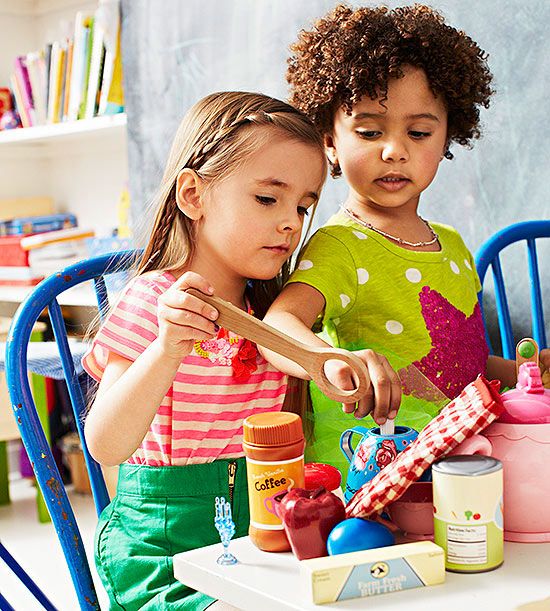 We find time every day for family time, trying activities like tennis, one-on-one walks in our neighborhood, family game time, and even baking together. I’m trying to teach my kids life skills they might not be learning in school.”
We find time every day for family time, trying activities like tennis, one-on-one walks in our neighborhood, family game time, and even baking together. I’m trying to teach my kids life skills they might not be learning in school.”
In terms of educational games to make use of the time, try games like Yahtzee, Scrabble and chess. Also get a few puzzles which are great for problem solving. Other lessons puzzles can help teach include patience, recognition of shapes, and delayed gratification. If parents will be involved, look for more complex puzzles.
14. Lego kits
Photo credit: LightField Studios/Shutterstock.com
Putting all those tiny Lego pieces together is something best suited for older kids. This will seem more fun than educational to them, but little do they know the levels of creativity that are being encouraged through the process. This activity can also improve fine motor skills, problem-solving and other areas tied to overall brain development.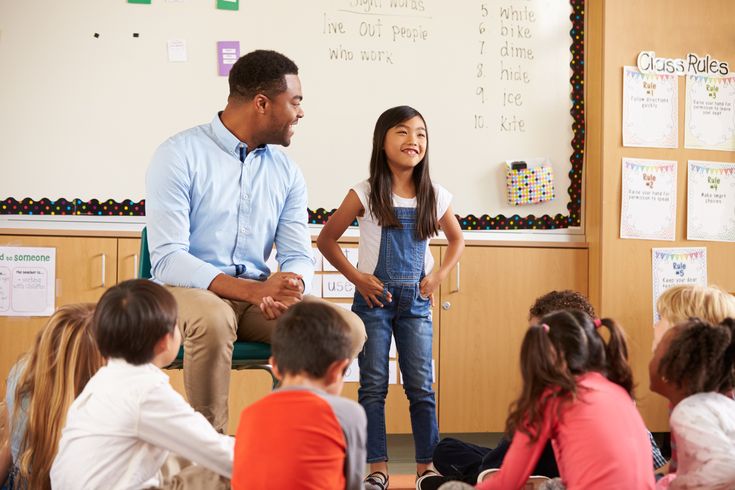 You can purchase a basic Lego set, or a themed set featuring anything from Disney’s Frozen to Star Wars.
You can purchase a basic Lego set, or a themed set featuring anything from Disney’s Frozen to Star Wars.
15. Open a workbook that feels more like a play book
Photo credit: LightField Studios/Shutterstock.com
The best workbooks won’t even feel like work at all, and this is the case for many of the fun and educational workbooks available from Houghton Mifflin Harcourt. This will keep the kids quiet for a while, but they certainly won’t be bored – you may even have to ask them to take a break, or to leave some for later! Houghton Mifflin Harcourt’s Achieve! Workbooks have vibrant colors, humor, and captivating photos, and can be downloaded for free online.
16. Become a bird watcher and feeder
Photo credit: Jack Frog/Shutterstock.com
Teach your kids about responsibility and compassion through the simple act of allowing them to feed birds right in your front yard. All they’ll need to do is leave food out for the birds via the feeder (if you have one) every day.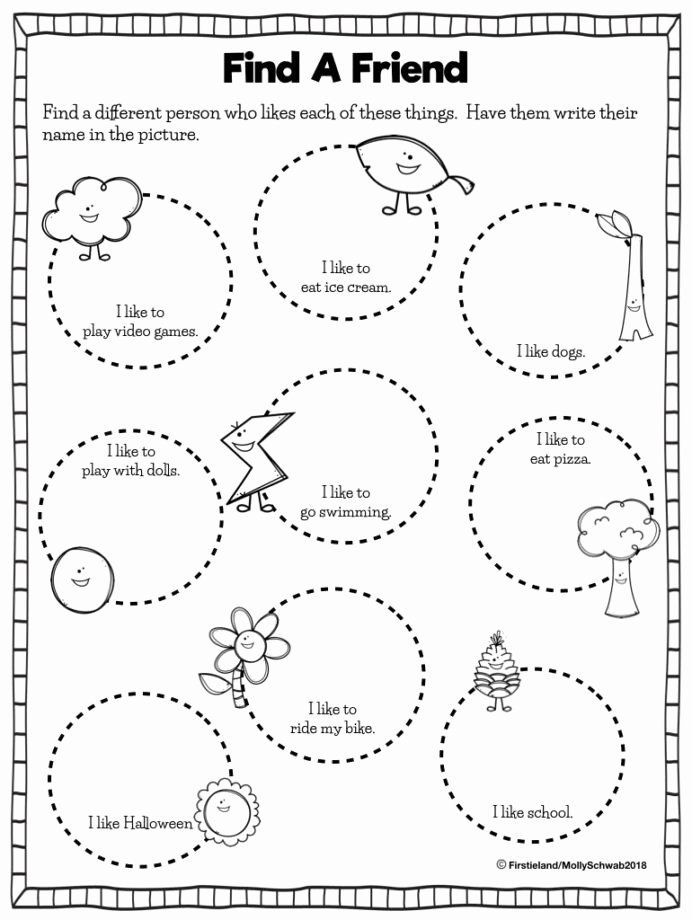 If you don’t have a birdfeeder, you can make one yourself with the help of your kids. While the birds are feeding, you can all scope for species you recognize. Encourage the kids to take lots of photos of the birds or try some sketching. Later, you can check out the Bird Watcher’s Digest for more intricate details.
If you don’t have a birdfeeder, you can make one yourself with the help of your kids. While the birds are feeding, you can all scope for species you recognize. Encourage the kids to take lots of photos of the birds or try some sketching. Later, you can check out the Bird Watcher’s Digest for more intricate details.
17. Become a fish watcher
Photo credit: Pixel-Shot/Shutterstock.com
Much like bird watching, fish watching is an interesting pastime that’s free. Consider getting your kids a couple of fishes so they can learn about what fishes do day to day. If you don’t think they’re ready for the responsibility that comes with having a fish as a pet, you can also stream a live feed of the National Aquarium where they’ll be able to watch fishes swim about to their heart’s content.
18. Watch the NASA livestream with them
Photo credit: Monkey Business Images/Shutterstock.com
Spaceships, far off planets, astronauts and aliens… all of these are likely to be intriguing to your child.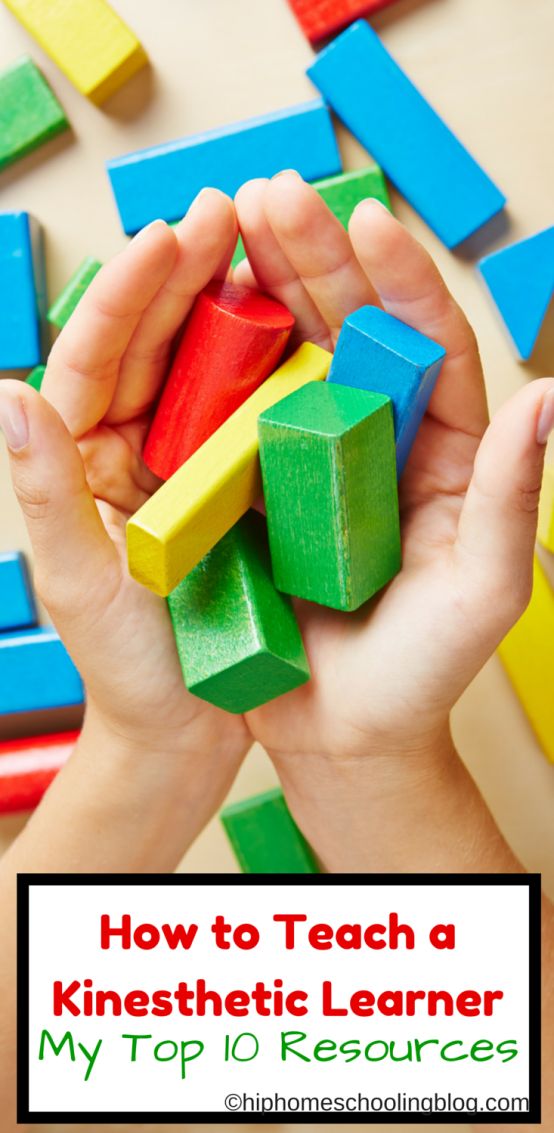 They’ll likely have lots of questions about the whole process of astronauts going up to space, and then some. Satisfy their curiosity – well, at least some of it – by letting them watch a NASA Live Stream which often features views from the International Space Station (ISS). If you’re lucky, you may even be able to see astronauts moving around in their space suits!
They’ll likely have lots of questions about the whole process of astronauts going up to space, and then some. Satisfy their curiosity – well, at least some of it – by letting them watch a NASA Live Stream which often features views from the International Space Station (ISS). If you’re lucky, you may even be able to see astronauts moving around in their space suits!
19. Teach them about the undersea world, coral reefs and why they are important
Photo credit: fizkes/Shutterstock.com
What can rival learning about the undersea to introduce your children to something worlds apart from what they see every day? The great thing about this lesson is that you won’t even have to leave your house, as there are lots of educational programs you can tune in to with your kids. You can teach your children about the different species of fish, coral reefs, overfishing, pollution, and any number of topics that will likely come in handy when they’re back at school.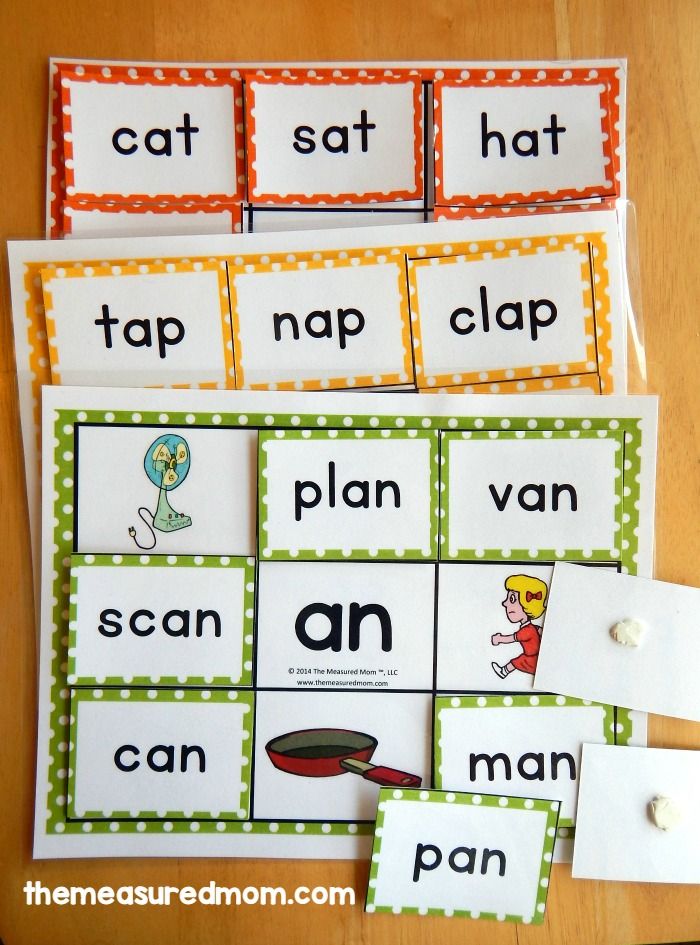
20. Write thank you cards
Photo credit: Lucky Business/Shutterstock.com
Is there anyone you’ve been meaning to send a ‘thank you’ card to, but haven’t found the time? Is there someone your child would like to give a well-meaning card to? If either of these questions was answered with a yes, then this might be a great project for you to get into with your kids. You can make this into a DIY project where the kids get to decorate their own cards. Stock up at the art supply store beforehand!
21. Origami
Photo credit: Dragon Images/Shutterstock.com
Origami is associated with Japanese culture, and the process of making origami is very hands-on. Your children will love an opportunity to learn more about this art form which will stretch their imagination and inspire them. For this process, all you’ll need is a few sheets of colored paper, which will make it possible for your kids to make just about any paper animal under the sun.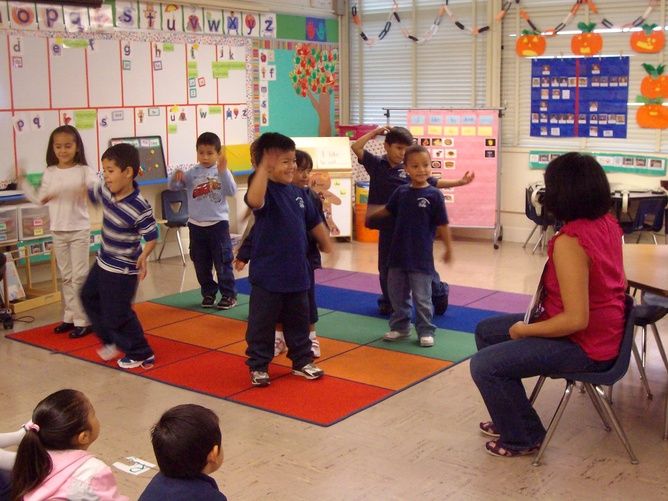 Origami making can help improve fine motor skills and brain development. During the process of making origami art, younger kids will be exposed to a world of colors!
Origami making can help improve fine motor skills and brain development. During the process of making origami art, younger kids will be exposed to a world of colors!
22. Make multiplication fun
Photo credit: NadyaEugene/Shutterstock.com
Math can be hard, but math at home can be a little less stressful. This is especially true when you allow kids to learn things like multiplication through play. Fun ways to do this is by playing games like baseball multiplication which involves flashcards, playing ‘rock, paper, scissors’ with a twist where kids are required to multiply the fingers that come up, or even playing a few rounds of multiplication wars with playing cards. Youngers kids may find it super fun to simply hop around on one foot and see how far they can get counting by 2s, 3s, or even 4s!
23. Perform basic scientific experiments at home
Photo credit: KIRYAKOVA ANNA/Shutterstock. com
com
Though many children find science to be one of the harder subjects, doing this at home can help your child learn how to translate scientific ideas and methods to real life. If your kids already love science, they’ll be over the moon to try fun projects which can include growing salt or sugar crystals on a string, learning about reflection and refraction, and doing density experiments. With the latter, try using a jar with honey, water and oil in equal parts and have your child add various items to see which ones sink or float!
24. Learn a new language
Photo credit: fizkes/Shutterstock.com
Nowadays, kids don’t necessarily need to be planted in a foreign space to learn a new language – there are lots of web platforms and apps parents can introduce them to which make learning a new language fun. As you learn together, try to speak the new language around the house. Your kids will love this form of ‘secret’ communication. Try the When I Grow Up app, or the Count the Animals app for younger kids. You can also learn ASL (American sign language) with your children!
Try the When I Grow Up app, or the Count the Animals app for younger kids. You can also learn ASL (American sign language) with your children!
25. Help them learn hard subjects that may not be learned in school
Photo credit: Potstock/Shutterstock.com
Consider subject areas your kids aren’t already learning about in school and give them an at-home introduction. Try focusing on topics that address frequently asked questions, like where do babies come from? You can also discuss racial inequality, and how to deal with the loss of a loved one, with older kids. Talk about these things using simple language that your child can understand – don’t underestimate their ability to share feedback or ask thought provoking questions.
26. Download educational printables
Photo credit: Ekpluto/Shutterstock.com
There’s plenty of online material available to help you create conducive learning conditions inside your home.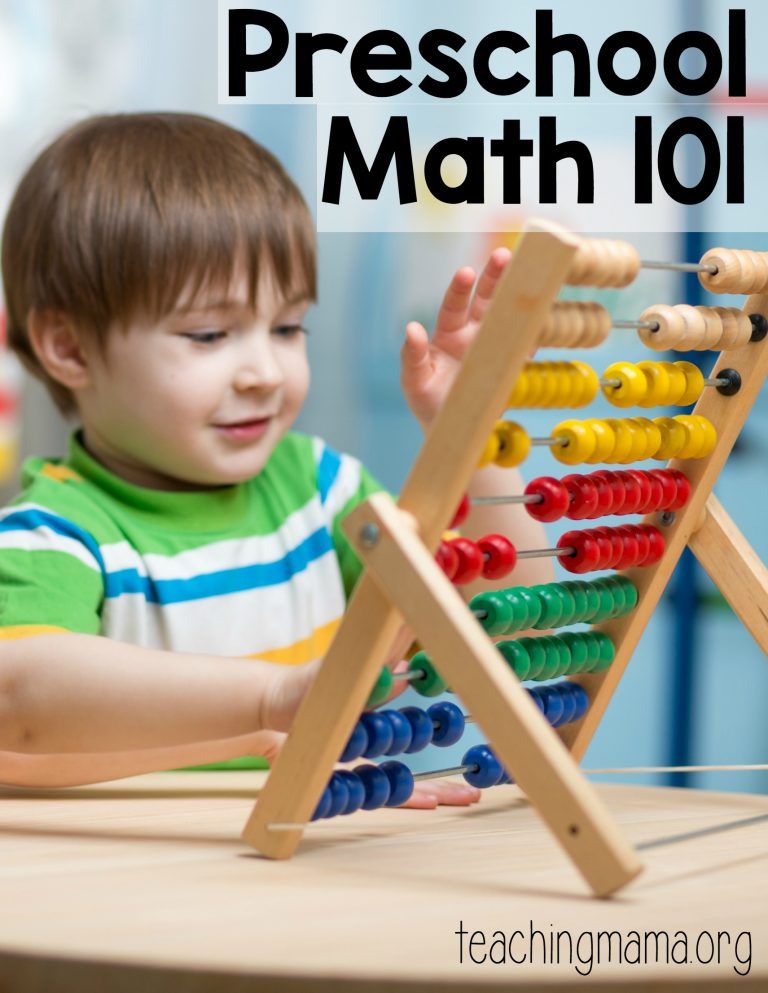 Whether you need a simple worksheet (like those available on Education.com), or something craft oriented, you’ll just need to do a search to find the options that work best for the project you have in mind. You can also download free PDF versions of educational workbooks from publishers like Houghton Mifflin Harcourt, which will help keep your kids occupied and in learning more.
Whether you need a simple worksheet (like those available on Education.com), or something craft oriented, you’ll just need to do a search to find the options that work best for the project you have in mind. You can also download free PDF versions of educational workbooks from publishers like Houghton Mifflin Harcourt, which will help keep your kids occupied and in learning more.
27. Watch an awesome documentary
Photo credit: nd3000/Shutterstock.com
Documentaries have a way of taking you into a whole new world, and since the kids are home, you can take them with you this time around. Take a break from the home schooling, make some popcorn and get cozy as you get sucked into a kid-friendly TV space. The Disneynature: Earth documentary is highly recommended, as are compilations you can stream through Netflix or other mediums, like Spellbound, Penguins, and Winger Migration.
28. Spend screen time smarter and teach them the importance of low screen time
Photo credit: fizkes/Shutterstock.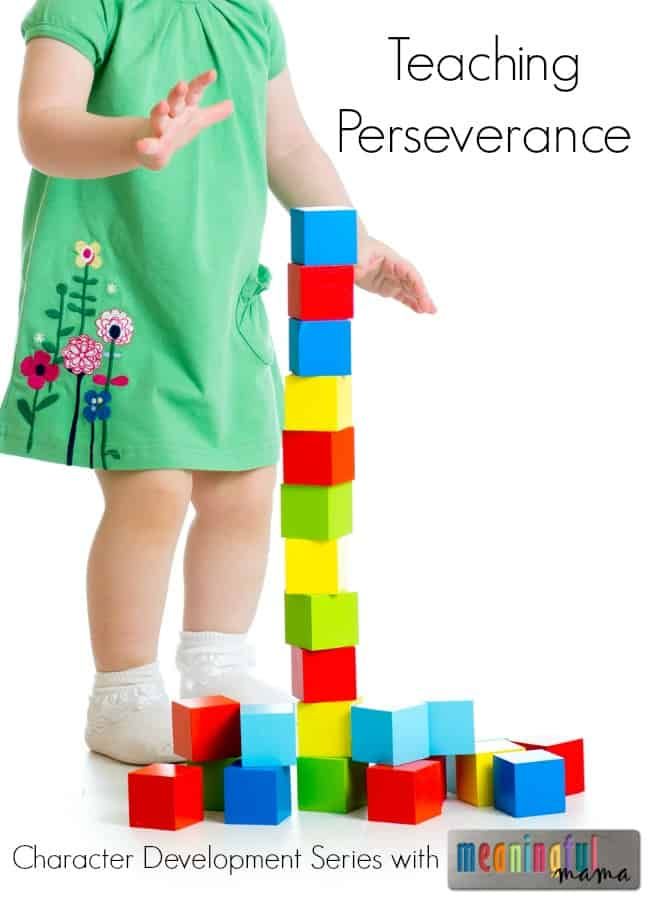 com
com
Limiting screen time is important for the holistic development of your child. If you’re from a household where screen time rules are lax though, keep in mind that when you switch things up, there are likely to be protests. As far as screen time goes though, the younger the child the less they should be watching – and that certainly does not suggest that older kids have free reign to do as they please! Try diverting the need of your kids to be glued to the screen with more educational activities that can be done offline.
Tip: Want to find out more about the importance of setting screen time limits in your home? Check out our post which details 12 Effective Expert Methods To Limit Screen Time For Children.
29. Teach them about charity and kindness
Photo credit: wavebreakmedia/Shutterstock.com
Being kind and charitable are traits kids can learn to emulate from their parents. You can emphasize the importance of these characteristics by explaining to your kids how they can help make life better for others.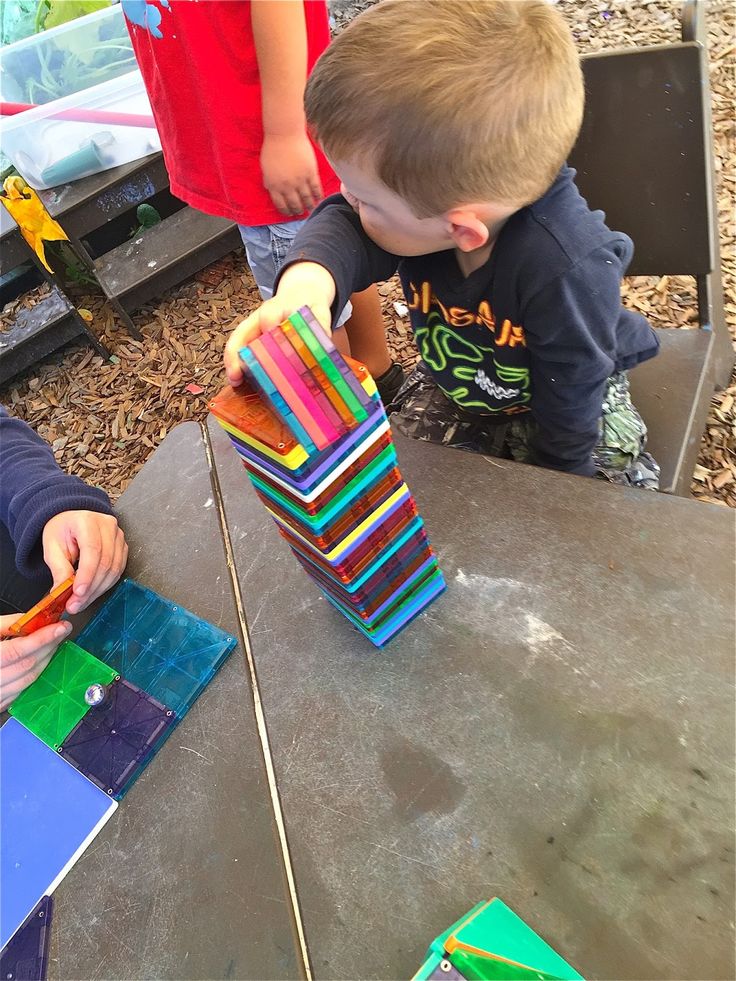 With that said, one of best ways to encourage charity is by getting children involved when you sort out clothing items or toys they have outgrown. Have set times of the year where you donate to charity and be sure to get your kids involved in the round-up process of putting together these items for donation. You can even let them search for a charity they like (older kids) so they can potentially get more involved later.
With that said, one of best ways to encourage charity is by getting children involved when you sort out clothing items or toys they have outgrown. Have set times of the year where you donate to charity and be sure to get your kids involved in the round-up process of putting together these items for donation. You can even let them search for a charity they like (older kids) so they can potentially get more involved later.
30. Teach them about being resilient
Photo credit: GingerGiraff/Shutterstock.com
Resilience is important, especially in uncertain times. One of the people who highlights the importance of fostering this trait is Amy McCready, Founder of PositiveParentingSolutions.com and author of The “Me, Me, Me” Epidemic: A Step-by-Step Guide to Raising Capable, Grateful Kids in an Over-Entitled World.
Recently in a Facebook video centered on Positive Parenting Solutions, the author spoke about what parents can do at home with kids during school closures.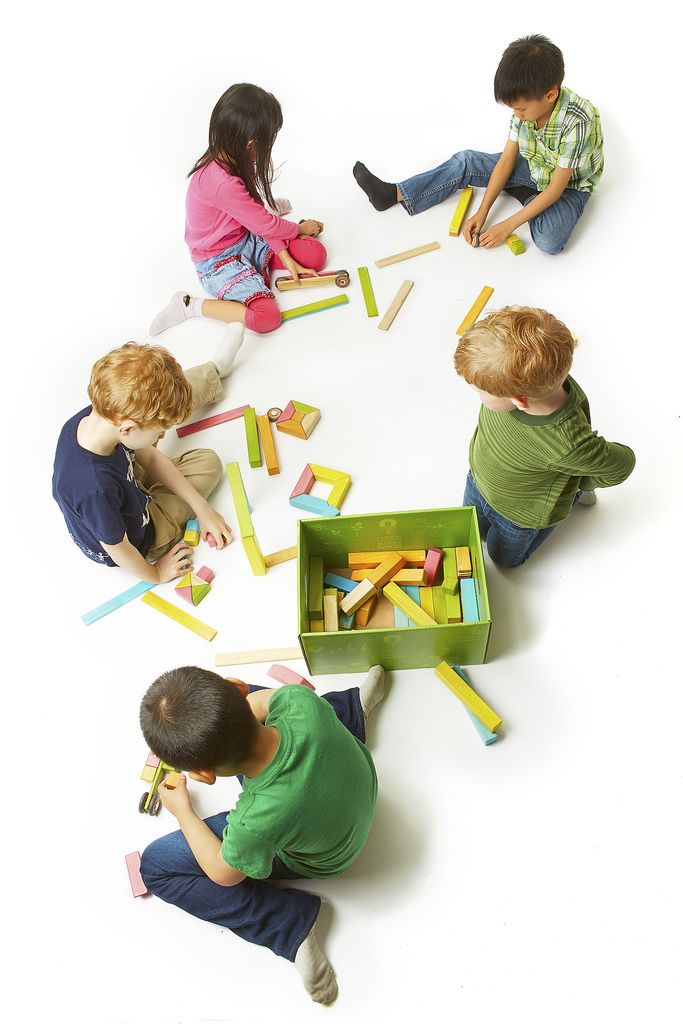 Teaching kids’ resilience, which is by definition the ability to recover quickly from difficult situations, was at the forefront of the conversation.
Teaching kids’ resilience, which is by definition the ability to recover quickly from difficult situations, was at the forefront of the conversation.
31. Teach them the basics of sewing
Photo credit: Tatyana Vyc/Shutterstock.com
It’ll be easier to teach older children to sew, what with the art of threading a needle and all. This will appeal to children who like being able to do things on their own, and especially those with an interest in fashion. Maggy from Red Ted Art recommends teaching kids to sew, noting: “It will take longer at first, and then they can work on projects independently. This can keep them busy for long periods of time.” Sewing is also a skill that will come in handy later, like when they get to college, and need to quickly patch up a cherished clothing item.
32. Teach them the basics of knitting
Photo credit: PR Image Factory/Shutterstock.com
Similar ‘rules’ apply for sewing and knitting, in that this is an activity which is best suited for older kids.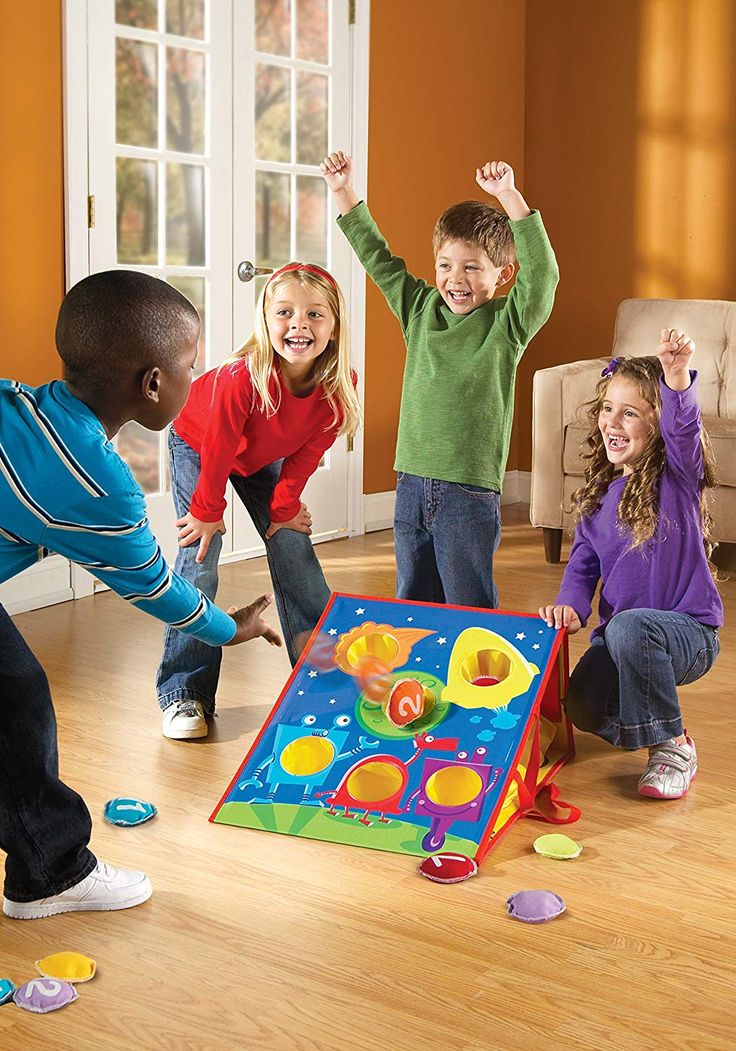 Maggy from Red Ted Art recommends knitting in a group, or sitting side by side and working on a knitting project together.
Maggy from Red Ted Art recommends knitting in a group, or sitting side by side and working on a knitting project together.
“What’s fun about this exercise is that once they get the hang of it, you can help them put their projects together and they can either wear or use what you both made,” Maggy adds.
33. Teach them how to relax
Photo credit: fizkes/Shutterstock.com
Knowing how to relax is a skill everyone needs, and kids are not excluded. Bouncing off the walls seems a regular state of being for most kids, but this state of being tends to get old quickly. You can teach your kids though that taking it easy has benefits, including greater concentration and lower stress levels. If you’re into yoga, you can do a group session with your kids, or try guided meditation. Not only can these activities help them reel in their boundless energy, but they also help with increasing flexibility and overall fitness.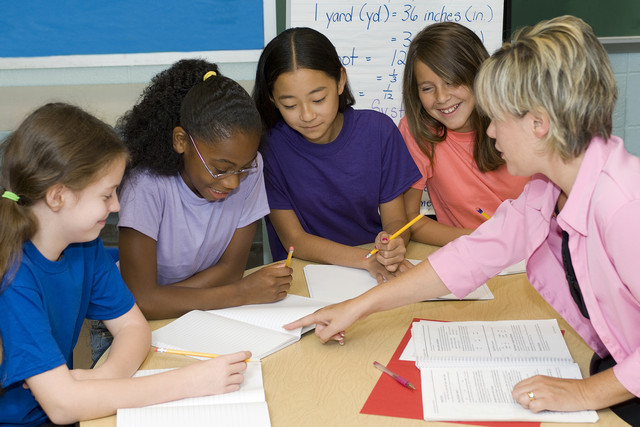
34. Practice cursive or calligraphy
Photo credit: Stephen Denness/Shutterstock.com
Calligraphy and cursive are art forms related to writing, and this may or may not be something your kids are familiar with. In the age of texting and computers, very few people even pay attention to this at all, but you can teach your kids to appreciate both cursive and calligraphy. Older kids especially will catch on quick, while younger kids will have fun trying to form the different letters. You can look up an online course for calligraphy, which will be a useful skill for everyone involved!
Take heart… normalcy is around the bend!
Whatever it is, the thing that has you and the kids locked indoors for longer than usual is sure to get back to normal in time – and then of course, you’ll be back to missing your little munchkins while they’re at school. Enjoy the extended time together while it lasts!
Bonus tip: Go on a well-deserved all-inclusive family vacation to the Caribbean, when all of this is over! Beaches Resorts features three all-inclusive resorts with spectacular water parks and a prime location on a tropical beach.
All resorts are located within a 2-hour flight from United States borders.
Beaches offers Kids Camps, lots to do for both parents and kids and even Sesame Street® characters, and nanny services. The best thing: unlimited food, drinks, water sports, the water park - it is all included in your stay!
700+ Learning Activities for Kids [Hands On] All Ages
Play and learn! That is why we love to create and curate the best learning activities for kids. Hands-on learning helps kids understand, remember and process…oh, and it is fun!
Put down the textbook and get some hands-on learning through play! Here at Kids Activities Blog we are big champions of fun. We know that when kids learn something through an activity or craft, they will remember it longer, process it more fully and have more fun.
Learn through play by choosing from over 700 educational activities for kids!Educational Activities for Kids
Many of our learning activities are used in classrooms and homeschool lessons, but don’t stop there! These are just plain fun.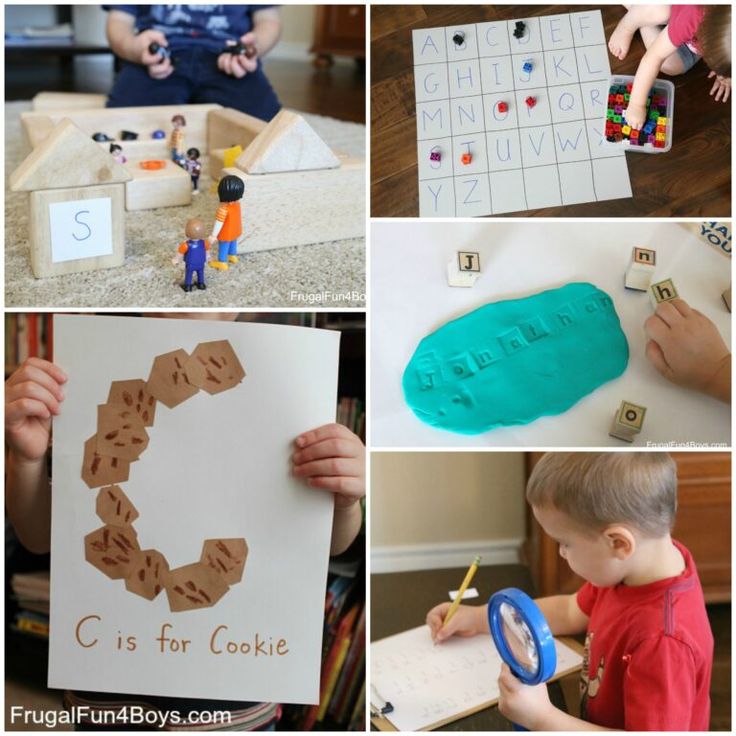 They make the perfect after school, rainy day or “mom I’m bored” activity too!
They make the perfect after school, rainy day or “mom I’m bored” activity too!
Reading, writing, STEM, Science and so many other things can be learned through play.
What makes it even more fun is that kids of different ages can learn and play together.
Reading for Kids
Explore books, reading and play games! Learning to read is an incredibly important skill for kids which can seem challenging for many children. We have reading activities, reading games and reading tips to make it easy to gain reading skills. Reading is fun and opening the adventure for kids is key to their reading level development.
Check out all our reading activities: Reading for Kids
Do you have a favorite book? Or want to explore reading beyond the pages? Check out over 40 resources on books for kids!
Learn Colors, Letters, Numbers & More
These essential preschool skills allow future success in school and are the foundational building block on so many lessons.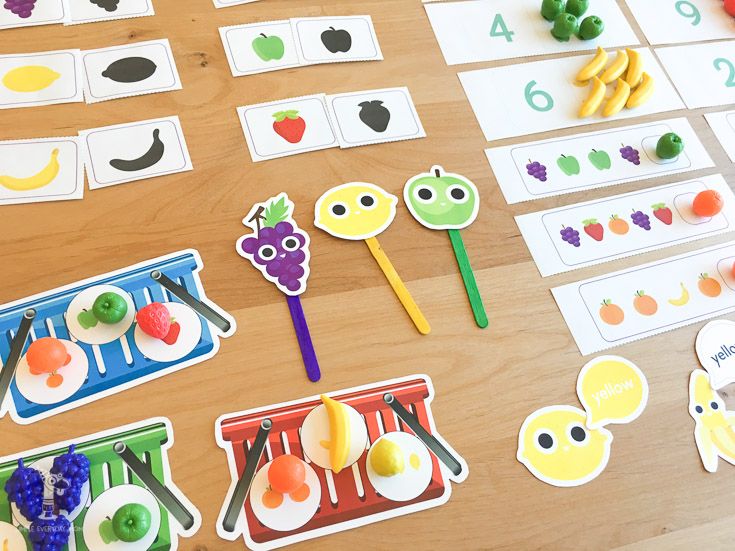 Here are some resources to teach kids colors, letters, numbers and more…
Here are some resources to teach kids colors, letters, numbers and more…
- Over 140 ways to learn colors
- Find ways to learn numbers with math activities for kids
- 155+ Alphabet for kids – activities, games & crafts for every letter of the alphabet!
- Preschool activities – over 1200 fun things to do with a preschooler
- Kindergarten ideas – almost 1K fun ways to play and learn including worksheets for Kindergarten.
File Folder Games
File folder games are perfect to make with and for kids because they put all the learning fun into one place…a file folder! And because they are in a file folder, they are easily stored for future learning. Teachers, homeschoolers and parents use file folder games to create educational activities for children to play.
Alphabet Letter Learning Center for Kids
Every single letter has a learning center here at Kids Activities Blog devoted to worksheets, spelling words, sight words, crafts and activities…and more!
- Letter A
- Letter B
- Letter C
- Letter D
- Letter E
- Letter F
- Letter G
- Letter H
- Letter I
- Letter J
- Letter K
- Letter L
- Letter M
- Letter N
- Letter O
- Letter P
- Letter Q
- Letter R
- Letter S
- Letter T
- Letter U
- Letter V
- Letter W
- Letter X
- Letter Y
- Letter Z
Our Top Educational Activities for Kids
- Best workbooks for preschoolers.
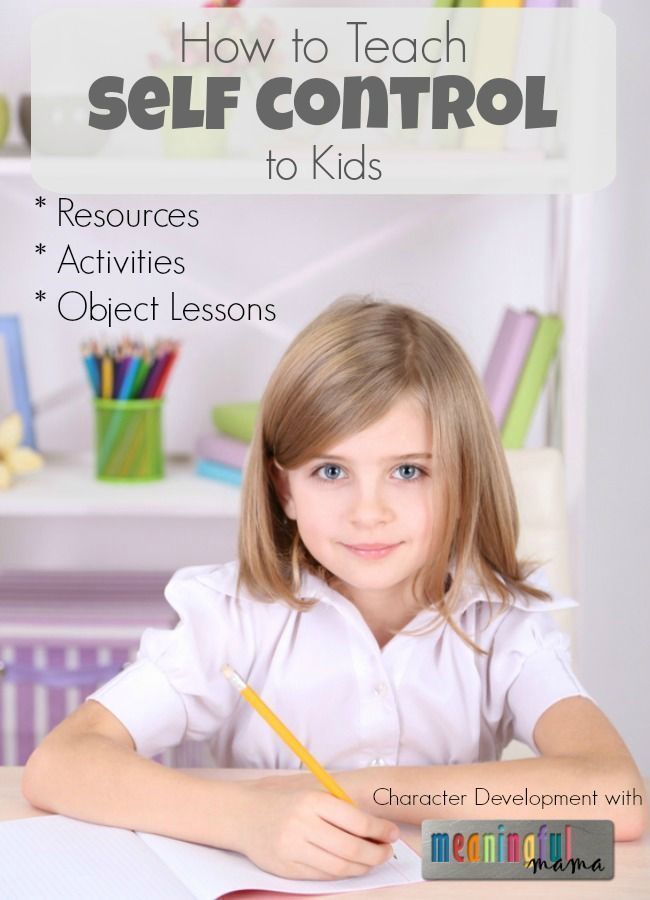
- Barnes and Noble summer reading program that we love.
- Sesame Street books <–big list of free online books for kids.
- A nostalgic book club that just keeps running…have you checked into the Scholastic book club for your kids or students?
Keep browsing the hundreds of fun ways that you and your child can learn together with hands on learning play…
End of content
End of content
Social and pedagogical activities to prepare children for school in a preschool educational organization
%PDF-1.5 % 10 obj > /Metadata 4 0R >> endobj 5 0 obj /Title >> endobj 20 obj > endobj 3 0 obj > endobj 40 obj > stream
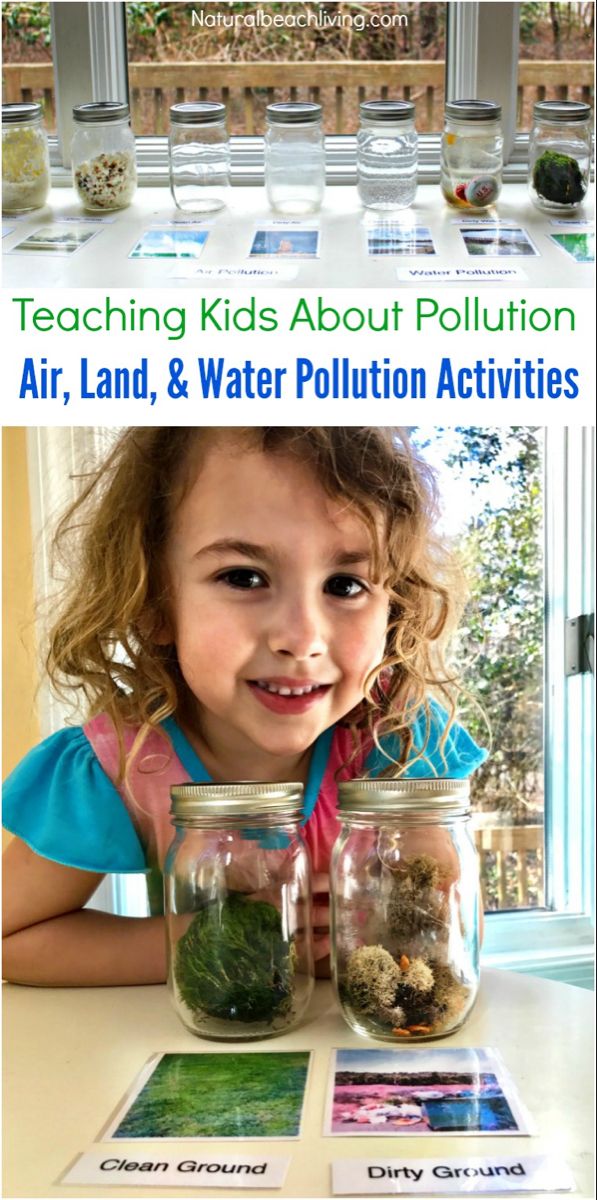 32 841.92] /Contents[104 0 R 105 0 R 106 0 R] /group> /Tabs /S /StructParents 0 /Annots [107 0R] >> endobj 70 obj > /ExtGState> /ProcSet [/PDF /Text /ImageB /ImageC /ImageI] >> /Annots [110 0 R 111 0 R 112 0 R 113 0 R 114 0 R 115 0 R 116 0 R 117 0 R 118 0 R 119 0 R 120 0 R 121 0 R 122 0 R 123 0 R 124 0 R 125 0 R 126 0 R 127 0 R 128 0 R 129 0 R 130 0 R 131 0 R 132 0 R 133 0 R 134 0 R 135 0 R 136 0 R] /MediaBox [0 0 595.32 841.92] /Contents 137 0R /group> /Tabs /S /StructParents 1 >> endobj 80 obj > /ExtGState> /ProcSet [/PDF /Text /ImageB /ImageC /ImageI] >> /MediaBox[0 0 595.32 841.92] /Contents 139 0 R /group> /Tabs /S /StructParents 29 >> endobj 9 0 obj > /ExtGState> /ProcSet [/PDF /Text /ImageB /ImageC /ImageI] >> /MediaBox [0 0 595.32 841.92] /Contents 140 0 R /group> /Tabs /S /StructParents 30 >> endobj 10 0 obj > /ExtGState> /ProcSet [/PDF /Text /ImageB /ImageC /ImageI] >> /MediaBox [0 0 595.32 841.92] /Contents 141 0 R /group> /Tabs /S /StructParents 31 >> endobj 11 0 obj > /ExtGState> /ProcSet [/PDF /Text /ImageB /ImageC /ImageI] >> /MediaBox[0 0 595.
32 841.92] /Contents[104 0 R 105 0 R 106 0 R] /group> /Tabs /S /StructParents 0 /Annots [107 0R] >> endobj 70 obj > /ExtGState> /ProcSet [/PDF /Text /ImageB /ImageC /ImageI] >> /Annots [110 0 R 111 0 R 112 0 R 113 0 R 114 0 R 115 0 R 116 0 R 117 0 R 118 0 R 119 0 R 120 0 R 121 0 R 122 0 R 123 0 R 124 0 R 125 0 R 126 0 R 127 0 R 128 0 R 129 0 R 130 0 R 131 0 R 132 0 R 133 0 R 134 0 R 135 0 R 136 0 R] /MediaBox [0 0 595.32 841.92] /Contents 137 0R /group> /Tabs /S /StructParents 1 >> endobj 80 obj > /ExtGState> /ProcSet [/PDF /Text /ImageB /ImageC /ImageI] >> /MediaBox[0 0 595.32 841.92] /Contents 139 0 R /group> /Tabs /S /StructParents 29 >> endobj 9 0 obj > /ExtGState> /ProcSet [/PDF /Text /ImageB /ImageC /ImageI] >> /MediaBox [0 0 595.32 841.92] /Contents 140 0 R /group> /Tabs /S /StructParents 30 >> endobj 10 0 obj > /ExtGState> /ProcSet [/PDF /Text /ImageB /ImageC /ImageI] >> /MediaBox [0 0 595.32 841.92] /Contents 141 0 R /group> /Tabs /S /StructParents 31 >> endobj 11 0 obj > /ExtGState> /ProcSet [/PDF /Text /ImageB /ImageC /ImageI] >> /MediaBox[0 0 595.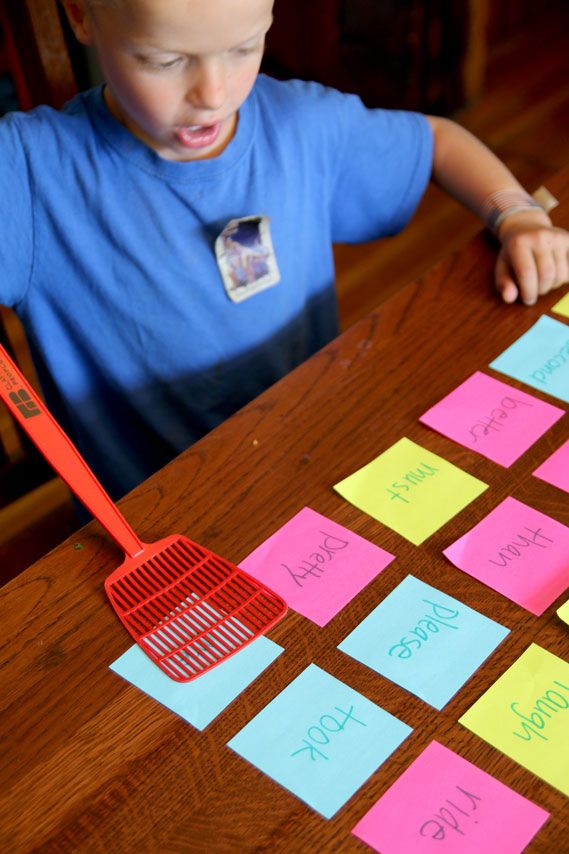 32 841.92] /Contents 142 0 R /group> /Tabs /S /StructParents 32 >> endobj 12 0 obj > /ExtGState> /ProcSet [/PDF /Text /ImageB /ImageC /ImageI] >> /MediaBox [0 0 595.32 841.92] /Contents 143 0 R /group> /Tabs /S /StructParents 33 >> endobj 13 0 obj > /ExtGState> /ProcSet [/PDF /Text /ImageB /ImageC /ImageI] >> /MediaBox [0 0 595.32 841.92] /Contents 144 0R /group> /Tabs /S /StructParents 34 >> endobj 14 0 obj > /ExtGState> /ProcSet [/PDF /Text /ImageB /ImageC /ImageI] >> /MediaBox[0 0 595.32 841.92] /Contents 145 0 R /group> /Tabs /S /StructParents 35 >> endobj 15 0 obj > /ExtGState> /ProcSet [/PDF /Text /ImageB /ImageC /ImageI] >> /MediaBox [0 0 595.32 841.92] /Contents 146 0R /group> /Tabs /S /StructParents 36 >> endobj 16 0 obj > /ExtGState> /ProcSet [/PDF /Text /ImageB /ImageC /ImageI] >> /MediaBox [0 0 595.32 841.92] /Contents 147 0 R /group> /Tabs /S /StructParents 37 >> endobj 17 0 obj > /ExtGState> /ProcSet [/PDF /Text /ImageB /ImageC /ImageI] >> /MediaBox[0 0 595.32 841.92] /Contents 148 0 R /group> /Tabs /S /StructParents 38 >> endobj 18 0 obj > /ExtGState> /ProcSet [/PDF /Text /ImageB /ImageC /ImageI] >> /MediaBox [0 0 595.
32 841.92] /Contents 142 0 R /group> /Tabs /S /StructParents 32 >> endobj 12 0 obj > /ExtGState> /ProcSet [/PDF /Text /ImageB /ImageC /ImageI] >> /MediaBox [0 0 595.32 841.92] /Contents 143 0 R /group> /Tabs /S /StructParents 33 >> endobj 13 0 obj > /ExtGState> /ProcSet [/PDF /Text /ImageB /ImageC /ImageI] >> /MediaBox [0 0 595.32 841.92] /Contents 144 0R /group> /Tabs /S /StructParents 34 >> endobj 14 0 obj > /ExtGState> /ProcSet [/PDF /Text /ImageB /ImageC /ImageI] >> /MediaBox[0 0 595.32 841.92] /Contents 145 0 R /group> /Tabs /S /StructParents 35 >> endobj 15 0 obj > /ExtGState> /ProcSet [/PDF /Text /ImageB /ImageC /ImageI] >> /MediaBox [0 0 595.32 841.92] /Contents 146 0R /group> /Tabs /S /StructParents 36 >> endobj 16 0 obj > /ExtGState> /ProcSet [/PDF /Text /ImageB /ImageC /ImageI] >> /MediaBox [0 0 595.32 841.92] /Contents 147 0 R /group> /Tabs /S /StructParents 37 >> endobj 17 0 obj > /ExtGState> /ProcSet [/PDF /Text /ImageB /ImageC /ImageI] >> /MediaBox[0 0 595.32 841.92] /Contents 148 0 R /group> /Tabs /S /StructParents 38 >> endobj 18 0 obj > /ExtGState> /ProcSet [/PDF /Text /ImageB /ImageC /ImageI] >> /MediaBox [0 0 595.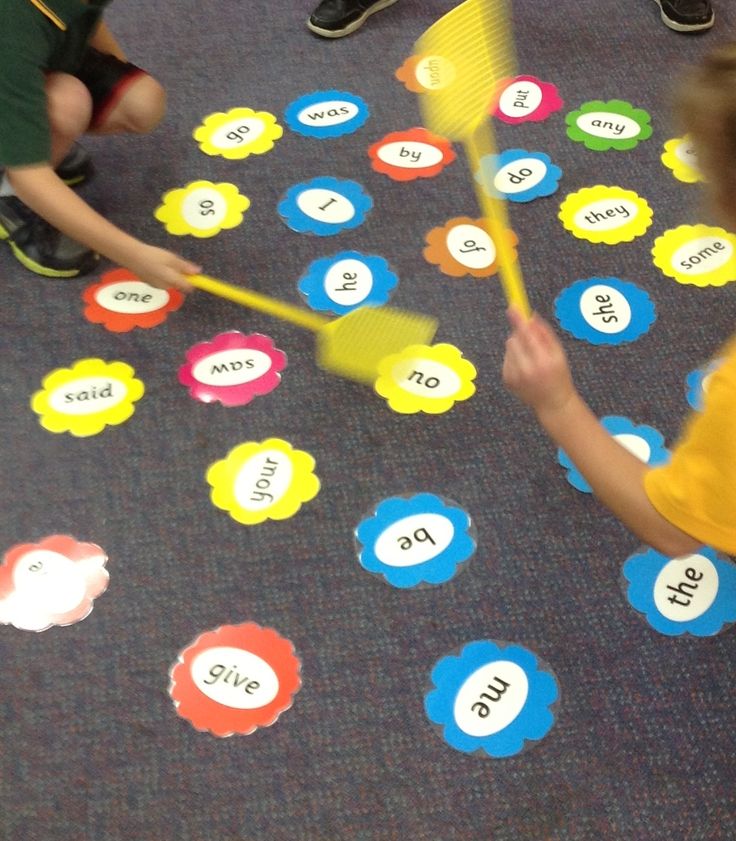 32 841.92] /Contents 149 0 R /group> /Tabs /S /StructParents 39 >> endobj 19 0 obj > /ExtGState> /ProcSet [/PDF /Text /ImageB /ImageC /ImageI] >> /MediaBox [0 0 595.32 841.92] /Contents 150 0R /group> /Tabs /S /StructParents 40 >> endobj 20 0 obj > /ExtGState> /ProcSet [/PDF /Text /ImageB /ImageC /ImageI] >> /MediaBox[0 0 595.32 841.92] /Contents 151 0 R /group> /Tabs /S /StructParents 41 >> endobj 21 0 obj > /ExtGState> /ProcSet [/PDF /Text /ImageB /ImageC /ImageI] >> /MediaBox [0 0 595.32 841.92] /Contents 152 0R /group> /Tabs /S /StructParents 42 >> endobj 22 0 obj > /ExtGState> /ProcSet [/PDF /Text /ImageB /ImageC /ImageI] >> /MediaBox [0 0 595.32 841.92] /Contents 153 0R /group> /Tabs /S /StructParents 43 >> endobj 23 0 obj > /ExtGState> /ProcSet [/PDF /Text /ImageB /ImageC /ImageI] >> /MediaBox[0 0 595.32 841.92] /Contents 154 0R /group> /Tabs /S /StructParents 44 >> endobj 24 0 obj > /ExtGState> /ProcSet [/PDF /Text /ImageB /ImageC /ImageI] >> /MediaBox [0 0 595.32 841.92] /Contents 155 0 R /group> /Tabs /S /StructParents 45 >> endobj 25 0 obj > /ProcSet [/PDF /Text /ImageB /ImageC /ImageI] >> /MediaBox [0 0 595.
32 841.92] /Contents 149 0 R /group> /Tabs /S /StructParents 39 >> endobj 19 0 obj > /ExtGState> /ProcSet [/PDF /Text /ImageB /ImageC /ImageI] >> /MediaBox [0 0 595.32 841.92] /Contents 150 0R /group> /Tabs /S /StructParents 40 >> endobj 20 0 obj > /ExtGState> /ProcSet [/PDF /Text /ImageB /ImageC /ImageI] >> /MediaBox[0 0 595.32 841.92] /Contents 151 0 R /group> /Tabs /S /StructParents 41 >> endobj 21 0 obj > /ExtGState> /ProcSet [/PDF /Text /ImageB /ImageC /ImageI] >> /MediaBox [0 0 595.32 841.92] /Contents 152 0R /group> /Tabs /S /StructParents 42 >> endobj 22 0 obj > /ExtGState> /ProcSet [/PDF /Text /ImageB /ImageC /ImageI] >> /MediaBox [0 0 595.32 841.92] /Contents 153 0R /group> /Tabs /S /StructParents 43 >> endobj 23 0 obj > /ExtGState> /ProcSet [/PDF /Text /ImageB /ImageC /ImageI] >> /MediaBox[0 0 595.32 841.92] /Contents 154 0R /group> /Tabs /S /StructParents 44 >> endobj 24 0 obj > /ExtGState> /ProcSet [/PDF /Text /ImageB /ImageC /ImageI] >> /MediaBox [0 0 595.32 841.92] /Contents 155 0 R /group> /Tabs /S /StructParents 45 >> endobj 25 0 obj > /ProcSet [/PDF /Text /ImageB /ImageC /ImageI] >> /MediaBox [0 0 595.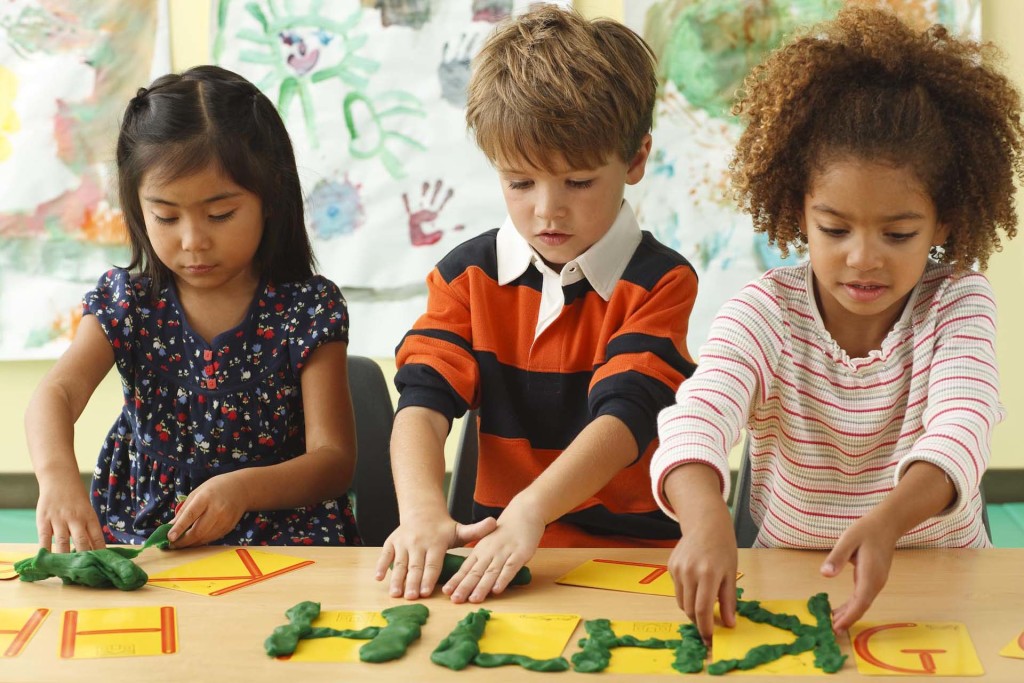 32 841.92] /Contents 156 0R /group> /Tabs /S /StructParents 46 >> endobj 26 0 obj > /ProcSet [/PDF /Text /ImageB /ImageC /ImageI] >> /MediaBox[0 0 595.32 841.92] /Contents 157 0 R /group> /Tabs /S /StructParents 47 >> endobj 27 0 obj > /ProcSet [/PDF /Text /ImageB /ImageC /ImageI] >> /MediaBox [0 0 595.32 841.92] /Contents 160 0R /group> /Tabs /S /StructParents 48 >> endobj 28 0 obj > /ExtGState> /ProcSet [/PDF /Text /ImageB /ImageC /ImageI] >> /MediaBox [0 0 595.32 841.92] /Contents 161 0 R /group> /Tabs /S /StructParents 49 >> endobj 29 0 obj > /ExtGState> /ProcSet [/PDF /Text /ImageB /ImageC /ImageI] >> /MediaBox[0 0 595.32 841.92] /Contents 162 0 R /group> /Tabs /S /StructParents 50 >> endobj 30 0 obj > /ExtGState> /ProcSet [/PDF /Text /ImageB /ImageC /ImageI] >> /MediaBox [0 0 595.32 841.92] /Contents 163 0 R /group> /Tabs /S /StructParents 51 >> endobj 31 0 obj > /ExtGState> /ProcSet [/PDF /Text /ImageB /ImageC /ImageI] >> /MediaBox [0 0 595.32 841.92] /Contents 164 0R /group> /Tabs /S /StructParents 52 >> endobj 32 0 obj > /ExtGState> /ProcSet [/PDF /Text /ImageB /ImageC /ImageI] >> /MediaBox[0 0 595.
32 841.92] /Contents 156 0R /group> /Tabs /S /StructParents 46 >> endobj 26 0 obj > /ProcSet [/PDF /Text /ImageB /ImageC /ImageI] >> /MediaBox[0 0 595.32 841.92] /Contents 157 0 R /group> /Tabs /S /StructParents 47 >> endobj 27 0 obj > /ProcSet [/PDF /Text /ImageB /ImageC /ImageI] >> /MediaBox [0 0 595.32 841.92] /Contents 160 0R /group> /Tabs /S /StructParents 48 >> endobj 28 0 obj > /ExtGState> /ProcSet [/PDF /Text /ImageB /ImageC /ImageI] >> /MediaBox [0 0 595.32 841.92] /Contents 161 0 R /group> /Tabs /S /StructParents 49 >> endobj 29 0 obj > /ExtGState> /ProcSet [/PDF /Text /ImageB /ImageC /ImageI] >> /MediaBox[0 0 595.32 841.92] /Contents 162 0 R /group> /Tabs /S /StructParents 50 >> endobj 30 0 obj > /ExtGState> /ProcSet [/PDF /Text /ImageB /ImageC /ImageI] >> /MediaBox [0 0 595.32 841.92] /Contents 163 0 R /group> /Tabs /S /StructParents 51 >> endobj 31 0 obj > /ExtGState> /ProcSet [/PDF /Text /ImageB /ImageC /ImageI] >> /MediaBox [0 0 595.32 841.92] /Contents 164 0R /group> /Tabs /S /StructParents 52 >> endobj 32 0 obj > /ExtGState> /ProcSet [/PDF /Text /ImageB /ImageC /ImageI] >> /MediaBox[0 0 595.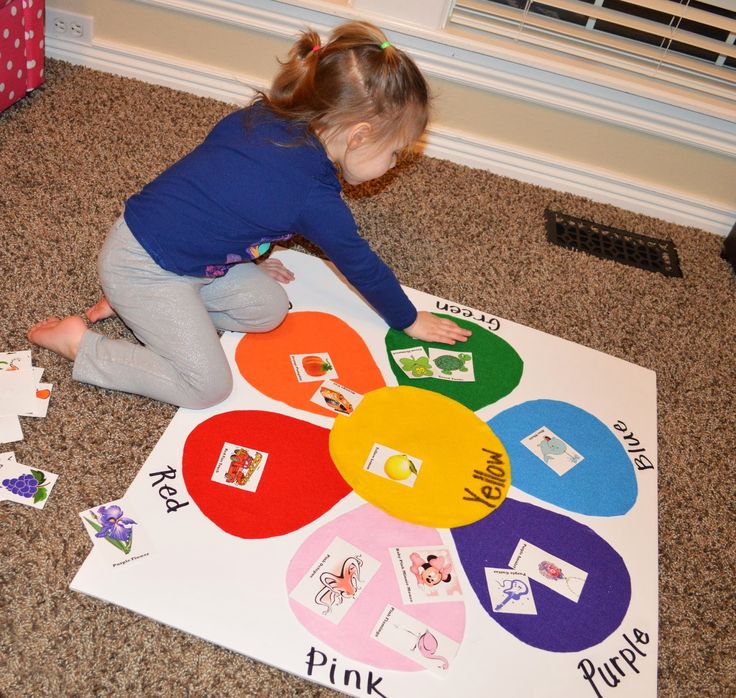 32 841.92] /Contents 165 0 R /group> /Tabs /S /StructParents 53 >> endobj 33 0 obj > /ExtGState> /ProcSet [/PDF /Text /ImageB /ImageC /ImageI] >> /MediaBox [0 0 595.32 841.92] /Contents 166 0 R /group> /Tabs /S /StructParents 54 >> endobj 34 0 obj > /ExtGState> /ProcSet [/PDF /Text /ImageB /ImageC /ImageI] >> /MediaBox [0 0 595.32 841.92] /Contents 167 0 R /group> /Tabs /S /StructParents 55 >> endobj 35 0 obj > /ExtGState> /ProcSet [/PDF /Text /ImageB /ImageC /ImageI] >> /MediaBox[0 0 595.32 841.92] /Contents 168 0 R /group> /Tabs /S /StructParents 56 >> endobj 36 0 obj > /ExtGState> /ProcSet [/PDF /Text /ImageB /ImageC /ImageI] >> /MediaBox [0 0 595.32 841.92] /Contents 169 0 R /group> /Tabs /S /StructParents 57 >> endobj 37 0 obj > /ExtGState> /ProcSet [/PDF /Text /ImageB /ImageC /ImageI] >> /MediaBox [0 0 595.32 841.92] /Contents 170 0 R /group> /Tabs /S /StructParents 58 >> endobj 38 0 obj > /ExtGState> /ProcSet [/PDF /Text /ImageB /ImageC /ImageI] >> /MediaBox[0 0 595.32 841.92] /Contents 171 0R /group> /Tabs /S /StructParents 59 >> endobj 39 0 obj > /ExtGState> /ProcSet [/PDF /Text /ImageB /ImageC /ImageI] >> /MediaBox [0 0 595.
32 841.92] /Contents 165 0 R /group> /Tabs /S /StructParents 53 >> endobj 33 0 obj > /ExtGState> /ProcSet [/PDF /Text /ImageB /ImageC /ImageI] >> /MediaBox [0 0 595.32 841.92] /Contents 166 0 R /group> /Tabs /S /StructParents 54 >> endobj 34 0 obj > /ExtGState> /ProcSet [/PDF /Text /ImageB /ImageC /ImageI] >> /MediaBox [0 0 595.32 841.92] /Contents 167 0 R /group> /Tabs /S /StructParents 55 >> endobj 35 0 obj > /ExtGState> /ProcSet [/PDF /Text /ImageB /ImageC /ImageI] >> /MediaBox[0 0 595.32 841.92] /Contents 168 0 R /group> /Tabs /S /StructParents 56 >> endobj 36 0 obj > /ExtGState> /ProcSet [/PDF /Text /ImageB /ImageC /ImageI] >> /MediaBox [0 0 595.32 841.92] /Contents 169 0 R /group> /Tabs /S /StructParents 57 >> endobj 37 0 obj > /ExtGState> /ProcSet [/PDF /Text /ImageB /ImageC /ImageI] >> /MediaBox [0 0 595.32 841.92] /Contents 170 0 R /group> /Tabs /S /StructParents 58 >> endobj 38 0 obj > /ExtGState> /ProcSet [/PDF /Text /ImageB /ImageC /ImageI] >> /MediaBox[0 0 595.32 841.92] /Contents 171 0R /group> /Tabs /S /StructParents 59 >> endobj 39 0 obj > /ExtGState> /ProcSet [/PDF /Text /ImageB /ImageC /ImageI] >> /MediaBox [0 0 595.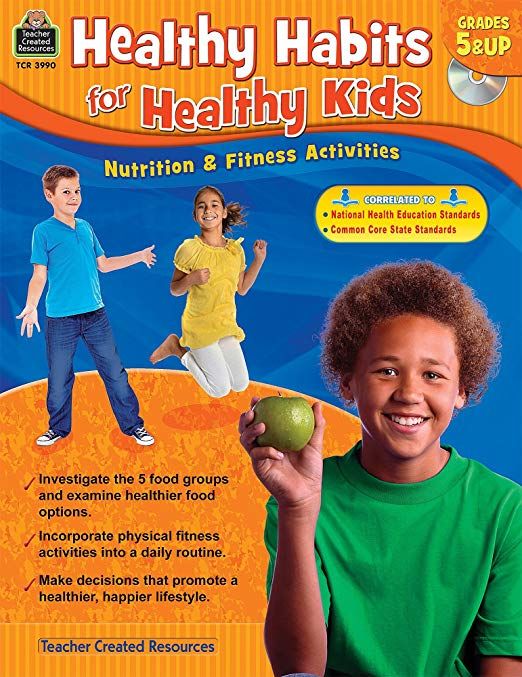 32 841.92] /Contents 172 0R /group> /Tabs /S /StructParents 60 >> endobj 40 0 obj > /ExtGState> /ProcSet [/PDF /Text /ImageB /ImageC /ImageI] >> /MediaBox [0 0 595.32 841.92] /Contents 173 0R /group> /Tabs /S /StructParents 61 >> endobj 41 0 obj > /ExtGState> /ProcSet [/PDF /Text /ImageB /ImageC /ImageI] >> /MediaBox[0 0 595.32 841.92] /Contents 174 0 R /group> /Tabs /S /StructParents 62 >> endobj 42 0 obj > /ExtGState> /ProcSet [/PDF /Text /ImageB /ImageC /ImageI] >> /MediaBox [0 0 595.32 841.92] /Contents 175 0 R /group> /Tabs /S /StructParents 63 >> endobj 43 0 obj > /ExtGState> /ProcSet [/PDF /Text /ImageB /ImageC /ImageI] >> /MediaBox [0 0 595.32 841.92] /Contents 176 0 R /group> /Tabs /S /StructParents 64 >> endobj 44 0 obj > /ExtGState> /ProcSet [/PDF /Text /ImageB /ImageC /ImageI] >> /MediaBox[0 0 595.32 841.92] /Contents 177 0R /group> /Tabs /S /StructParents 65 >> endobj 45 0 obj > /ExtGState> /ProcSet [/PDF /Text /ImageB /ImageC /ImageI] >> /MediaBox [0 0 595.32 841.92] /Contents 178 0R /group> /Tabs /S /StructParents 66 >> endobj 46 0 obj > /ExtGState> /ProcSet [/PDF /Text /ImageB /ImageC /ImageI] >> /MediaBox [0 0 595.
32 841.92] /Contents 172 0R /group> /Tabs /S /StructParents 60 >> endobj 40 0 obj > /ExtGState> /ProcSet [/PDF /Text /ImageB /ImageC /ImageI] >> /MediaBox [0 0 595.32 841.92] /Contents 173 0R /group> /Tabs /S /StructParents 61 >> endobj 41 0 obj > /ExtGState> /ProcSet [/PDF /Text /ImageB /ImageC /ImageI] >> /MediaBox[0 0 595.32 841.92] /Contents 174 0 R /group> /Tabs /S /StructParents 62 >> endobj 42 0 obj > /ExtGState> /ProcSet [/PDF /Text /ImageB /ImageC /ImageI] >> /MediaBox [0 0 595.32 841.92] /Contents 175 0 R /group> /Tabs /S /StructParents 63 >> endobj 43 0 obj > /ExtGState> /ProcSet [/PDF /Text /ImageB /ImageC /ImageI] >> /MediaBox [0 0 595.32 841.92] /Contents 176 0 R /group> /Tabs /S /StructParents 64 >> endobj 44 0 obj > /ExtGState> /ProcSet [/PDF /Text /ImageB /ImageC /ImageI] >> /MediaBox[0 0 595.32 841.92] /Contents 177 0R /group> /Tabs /S /StructParents 65 >> endobj 45 0 obj > /ExtGState> /ProcSet [/PDF /Text /ImageB /ImageC /ImageI] >> /MediaBox [0 0 595.32 841.92] /Contents 178 0R /group> /Tabs /S /StructParents 66 >> endobj 46 0 obj > /ExtGState> /ProcSet [/PDF /Text /ImageB /ImageC /ImageI] >> /MediaBox [0 0 595.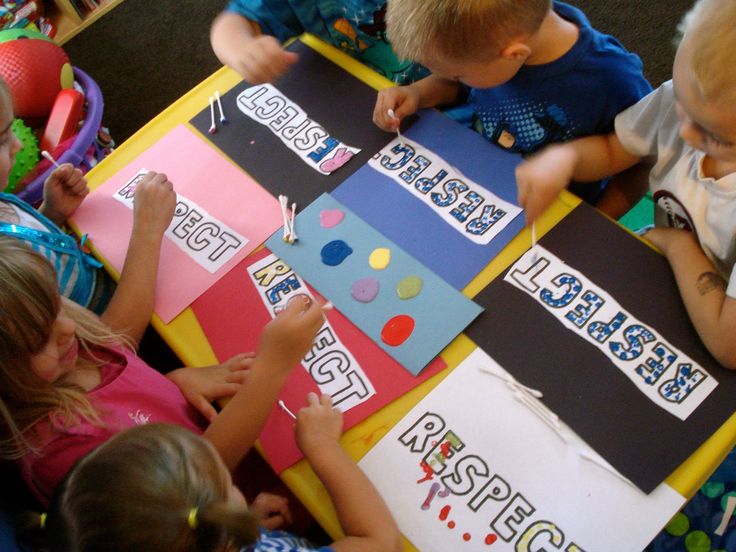 32 841.92] /Contents 179 0R /group> /Tabs /S /StructParents 67 >> endobj 47 0 obj > /ExtGState> /ProcSet [/PDF /Text /ImageB /ImageC /ImageI] >> /MediaBox[0 0 595.32 841.92] /Contents 180 0 R /group> /Tabs /S /StructParents 68 >> endobj 48 0 obj > /ExtGState> /ProcSet [/PDF /Text /ImageB /ImageC /ImageI] >> /MediaBox [0 0 595.32 841.92] /Contents 181 0 R /group> /Tabs /S /StructParents 69 >> endobj 49 0 obj > /ExtGState> /ProcSet [/PDF /Text /ImageB /ImageC /ImageI] >> /MediaBox [0 0 595.32 841.92] /Contents 182 0 R /group> /Tabs /S /StructParents 70 >> endobj 50 0 obj > /ExtGState> /ProcSet [/PDF /Text /ImageB /ImageC /ImageI] >> /MediaBox[0 0 595.32 841.92] /Contents 183 0 R /group> /Tabs /S /StructParents 71 >> endobj 51 0 obj > /ExtGState> /ProcSet [/PDF /Text /ImageB /ImageC /ImageI] >> /MediaBox [0 0 595.32 841.92] /Contents 184 0 R /group> /Tabs /S /StructParents 72 >> endobj 52 0 obj > /ExtGState> /ProcSet [/PDF /Text /ImageB /ImageC /ImageI] >> /MediaBox [0 0 595.32 841.92] /Contents 185 0 R /group> /Tabs /S /StructParents 73 >> endobj 53 0 obj > /ExtGState> /ProcSet [/PDF /Text /ImageB /ImageC /ImageI] >> /MediaBox[0 0 595.
32 841.92] /Contents 179 0R /group> /Tabs /S /StructParents 67 >> endobj 47 0 obj > /ExtGState> /ProcSet [/PDF /Text /ImageB /ImageC /ImageI] >> /MediaBox[0 0 595.32 841.92] /Contents 180 0 R /group> /Tabs /S /StructParents 68 >> endobj 48 0 obj > /ExtGState> /ProcSet [/PDF /Text /ImageB /ImageC /ImageI] >> /MediaBox [0 0 595.32 841.92] /Contents 181 0 R /group> /Tabs /S /StructParents 69 >> endobj 49 0 obj > /ExtGState> /ProcSet [/PDF /Text /ImageB /ImageC /ImageI] >> /MediaBox [0 0 595.32 841.92] /Contents 182 0 R /group> /Tabs /S /StructParents 70 >> endobj 50 0 obj > /ExtGState> /ProcSet [/PDF /Text /ImageB /ImageC /ImageI] >> /MediaBox[0 0 595.32 841.92] /Contents 183 0 R /group> /Tabs /S /StructParents 71 >> endobj 51 0 obj > /ExtGState> /ProcSet [/PDF /Text /ImageB /ImageC /ImageI] >> /MediaBox [0 0 595.32 841.92] /Contents 184 0 R /group> /Tabs /S /StructParents 72 >> endobj 52 0 obj > /ExtGState> /ProcSet [/PDF /Text /ImageB /ImageC /ImageI] >> /MediaBox [0 0 595.32 841.92] /Contents 185 0 R /group> /Tabs /S /StructParents 73 >> endobj 53 0 obj > /ExtGState> /ProcSet [/PDF /Text /ImageB /ImageC /ImageI] >> /MediaBox[0 0 595.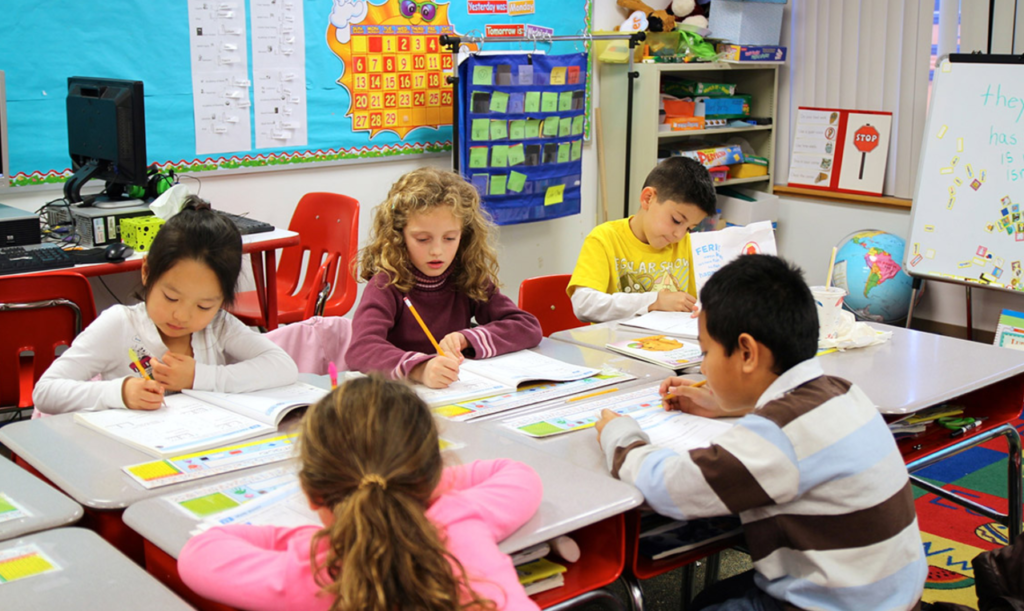 32 841.92] /Contents 186 0 R /group> /Tabs /S /StructParents 74 >> endobj 54 0 obj > /ExtGState> /ProcSet [/PDF /Text /ImageB /ImageC /ImageI] >> /MediaBox [0 0 595.32 841.92] /Contents 187 0R /group> /Tabs /S /StructParents 75 >> endobj 55 0 obj > /ExtGState> /XObject> /ProcSet [/PDF /Text /ImageB /ImageC /ImageI] >> /MediaBox [0 0 595.32 841.92] /Contents 189 0 R /group> /Tabs /S /StructParents 76 >> endobj 56 0 obj > /ExtGState> /ProcSet [/PDF /Text /ImageB /ImageC /ImageI] >> /MediaBox[0 0 595.32 841.92] /Contents 190 0R /group> /Tabs /S /StructParents 77 >> endobj 57 0 obj > /ProcSet [/PDF /Text /ImageB /ImageC /ImageI] >> /MediaBox [0 0 595.32 841.92] /Contents 191 0 R /group> /Tabs /S /StructParents 78 >> endobj 58 0 obj > /ExtGState> /ProcSet [/PDF /Text /ImageB /ImageC /ImageI] >> /MediaBox [0 0 595.32 841.92] /Contents 192 0 R /group> /Tabs /S /StructParents 79 >> endobj 59 0 obj > /ExtGState> /XObject> /ProcSet [/PDF /Text /ImageB /ImageC /ImageI] >> /MediaBox[0 0 595.32 841.
32 841.92] /Contents 186 0 R /group> /Tabs /S /StructParents 74 >> endobj 54 0 obj > /ExtGState> /ProcSet [/PDF /Text /ImageB /ImageC /ImageI] >> /MediaBox [0 0 595.32 841.92] /Contents 187 0R /group> /Tabs /S /StructParents 75 >> endobj 55 0 obj > /ExtGState> /XObject> /ProcSet [/PDF /Text /ImageB /ImageC /ImageI] >> /MediaBox [0 0 595.32 841.92] /Contents 189 0 R /group> /Tabs /S /StructParents 76 >> endobj 56 0 obj > /ExtGState> /ProcSet [/PDF /Text /ImageB /ImageC /ImageI] >> /MediaBox[0 0 595.32 841.92] /Contents 190 0R /group> /Tabs /S /StructParents 77 >> endobj 57 0 obj > /ProcSet [/PDF /Text /ImageB /ImageC /ImageI] >> /MediaBox [0 0 595.32 841.92] /Contents 191 0 R /group> /Tabs /S /StructParents 78 >> endobj 58 0 obj > /ExtGState> /ProcSet [/PDF /Text /ImageB /ImageC /ImageI] >> /MediaBox [0 0 595.32 841.92] /Contents 192 0 R /group> /Tabs /S /StructParents 79 >> endobj 59 0 obj > /ExtGState> /XObject> /ProcSet [/PDF /Text /ImageB /ImageC /ImageI] >> /MediaBox[0 0 595.32 841.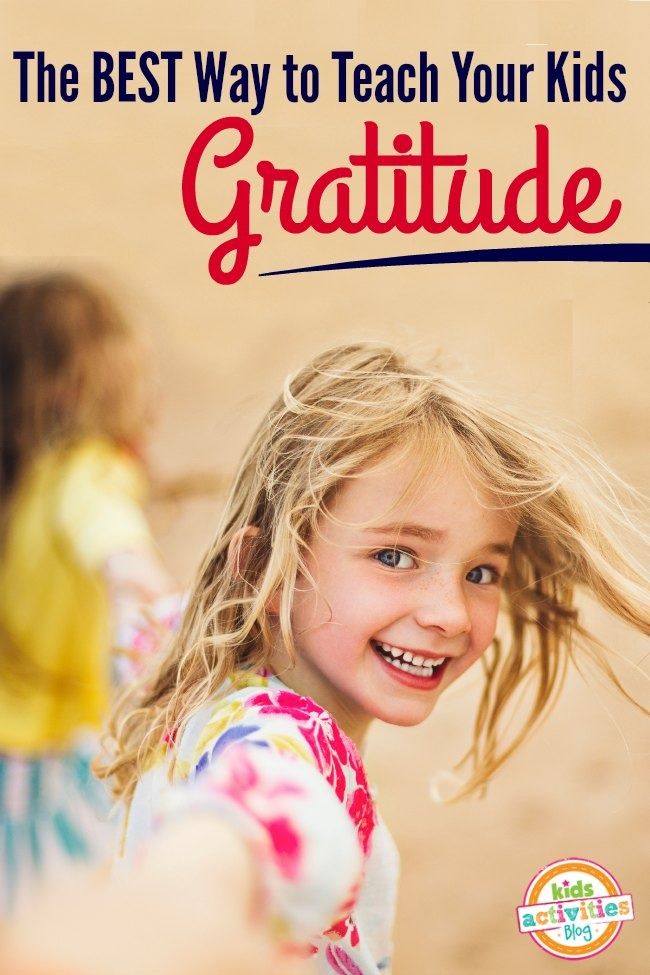 92] /Contents 194 0R /group> /Tabs /S /StructParents 80 >> endobj 60 0 obj > /ExtGState> /ProcSet [/PDF /Text /ImageB /ImageC /ImageI] >> /MediaBox [0 0 595.32 841.92] /Contents 195 0 R /group> /Tabs /S /StructParents 81 >> endobj 61 0 obj > /ExtGState> /ProcSet [/PDF /Text /ImageB /ImageC /ImageI] >> /MediaBox [0 0 595.32 841.92] /Contents 196 0 R /group> /Tabs /S /StructParents 82 >> endobj 62 0 obj > /ExtGState> /XObject> /ProcSet [/PDF /Text /ImageB /ImageC /ImageI] >> /MediaBox[0 0 595.32 841.92] /Contents 198 0R /group> /Tabs /S /StructParents 83 >> endobj 63 0 obj > /ProcSet [/PDF /Text /ImageB /ImageC /ImageI] >> /MediaBox [0 0 595.32 841.92] /Contents 199 0R /group> /Tabs /S /StructParents 84 >> endobj 64 0 obj > /ExtGState> /ProcSet [/PDF /Text /ImageB /ImageC /ImageI] >> /MediaBox [0 0 595.32 841.92] /Contents 200 0R /group> /Tabs /S /StructParents 85 >> endobj 65 0 obj > /ExtGState> /ProcSet [/PDF /Text /ImageB /ImageC /ImageI] >> /MediaBox[0 0 595.32 841.92] /Contents 201 0 R /group> /Tabs /S /StructParents 86 >> endobj 66 0 obj > /ExtGState> /ProcSet [/PDF /Text /ImageB /ImageC /ImageI] >> /MediaBox [0 0 595.
92] /Contents 194 0R /group> /Tabs /S /StructParents 80 >> endobj 60 0 obj > /ExtGState> /ProcSet [/PDF /Text /ImageB /ImageC /ImageI] >> /MediaBox [0 0 595.32 841.92] /Contents 195 0 R /group> /Tabs /S /StructParents 81 >> endobj 61 0 obj > /ExtGState> /ProcSet [/PDF /Text /ImageB /ImageC /ImageI] >> /MediaBox [0 0 595.32 841.92] /Contents 196 0 R /group> /Tabs /S /StructParents 82 >> endobj 62 0 obj > /ExtGState> /XObject> /ProcSet [/PDF /Text /ImageB /ImageC /ImageI] >> /MediaBox[0 0 595.32 841.92] /Contents 198 0R /group> /Tabs /S /StructParents 83 >> endobj 63 0 obj > /ProcSet [/PDF /Text /ImageB /ImageC /ImageI] >> /MediaBox [0 0 595.32 841.92] /Contents 199 0R /group> /Tabs /S /StructParents 84 >> endobj 64 0 obj > /ExtGState> /ProcSet [/PDF /Text /ImageB /ImageC /ImageI] >> /MediaBox [0 0 595.32 841.92] /Contents 200 0R /group> /Tabs /S /StructParents 85 >> endobj 65 0 obj > /ExtGState> /ProcSet [/PDF /Text /ImageB /ImageC /ImageI] >> /MediaBox[0 0 595.32 841.92] /Contents 201 0 R /group> /Tabs /S /StructParents 86 >> endobj 66 0 obj > /ExtGState> /ProcSet [/PDF /Text /ImageB /ImageC /ImageI] >> /MediaBox [0 0 595.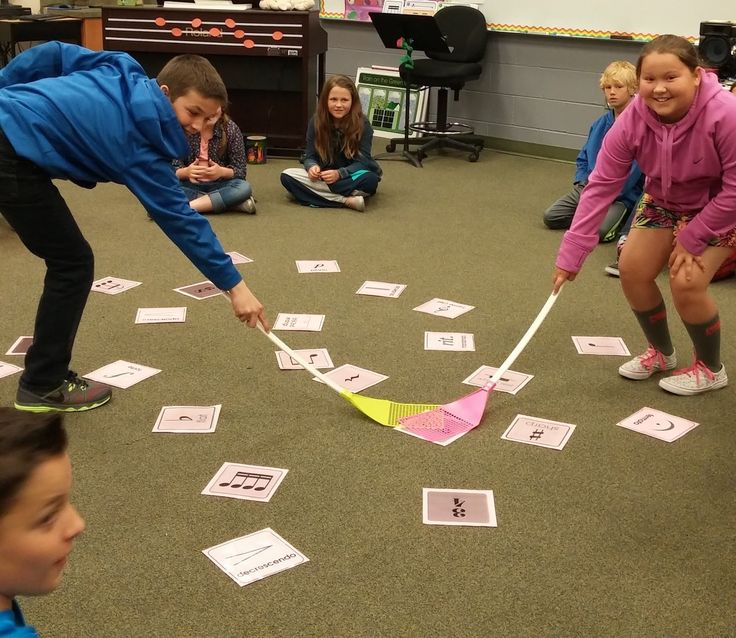 32 841.92] /Contents 202 0 R /group> /Tabs /S /StructParents 87 >> endobj 67 0 obj > /ExtGState> /ProcSet [/PDF /Text /ImageB /ImageC /ImageI] >> /MediaBox [0 0 595.32 841.92] /Contents 203 0R /group> /Tabs /S /StructParents 88 >> endobj 68 0 obj > /ExtGState> /ProcSet [/PDF /Text /ImageB /ImageC /ImageI] >> /MediaBox[0 0 595.32 841.92] /Contents 204 0 R /group> /Tabs /S /StructParents 89 >> endobj 69 0 obj > /ExtGState> /ProcSet [/PDF /Text /ImageB /ImageC /ImageI] >> /MediaBox [0 0 595.32 841.92] /Contents 205 0 R /group> /Tabs /S /StructParents 90 >> endobj 70 0 obj > /ExtGState> /ProcSet [/PDF /Text /ImageB /ImageC /ImageI] >> /MediaBox [0 0 595.32 841.92] /Contents 206 0 R /group> /Tabs /S /StructParents 91 >> endobj 71 0 obj > /ExtGState> /ProcSet [/PDF /Text /ImageB /ImageC /ImageI] >> /MediaBox[0 0 595.32 841.92] /Contents 207 0 R /group> /Tabs /S /StructParents 92 >> endobj 72 0 obj > /ExtGState> /ProcSet [/PDF /Text /ImageB /ImageC /ImageI] >> /MediaBox [0 0 595.32 841.92] /Contents 208 0 R /group> /Tabs /S /StructParents 93 >> endobj 73 0 obj > /ExtGState> /ProcSet [/PDF /Text /ImageB /ImageC /ImageI] >> /MediaBox [0 0 595.
32 841.92] /Contents 202 0 R /group> /Tabs /S /StructParents 87 >> endobj 67 0 obj > /ExtGState> /ProcSet [/PDF /Text /ImageB /ImageC /ImageI] >> /MediaBox [0 0 595.32 841.92] /Contents 203 0R /group> /Tabs /S /StructParents 88 >> endobj 68 0 obj > /ExtGState> /ProcSet [/PDF /Text /ImageB /ImageC /ImageI] >> /MediaBox[0 0 595.32 841.92] /Contents 204 0 R /group> /Tabs /S /StructParents 89 >> endobj 69 0 obj > /ExtGState> /ProcSet [/PDF /Text /ImageB /ImageC /ImageI] >> /MediaBox [0 0 595.32 841.92] /Contents 205 0 R /group> /Tabs /S /StructParents 90 >> endobj 70 0 obj > /ExtGState> /ProcSet [/PDF /Text /ImageB /ImageC /ImageI] >> /MediaBox [0 0 595.32 841.92] /Contents 206 0 R /group> /Tabs /S /StructParents 91 >> endobj 71 0 obj > /ExtGState> /ProcSet [/PDF /Text /ImageB /ImageC /ImageI] >> /MediaBox[0 0 595.32 841.92] /Contents 207 0 R /group> /Tabs /S /StructParents 92 >> endobj 72 0 obj > /ExtGState> /ProcSet [/PDF /Text /ImageB /ImageC /ImageI] >> /MediaBox [0 0 595.32 841.92] /Contents 208 0 R /group> /Tabs /S /StructParents 93 >> endobj 73 0 obj > /ExtGState> /ProcSet [/PDF /Text /ImageB /ImageC /ImageI] >> /MediaBox [0 0 595.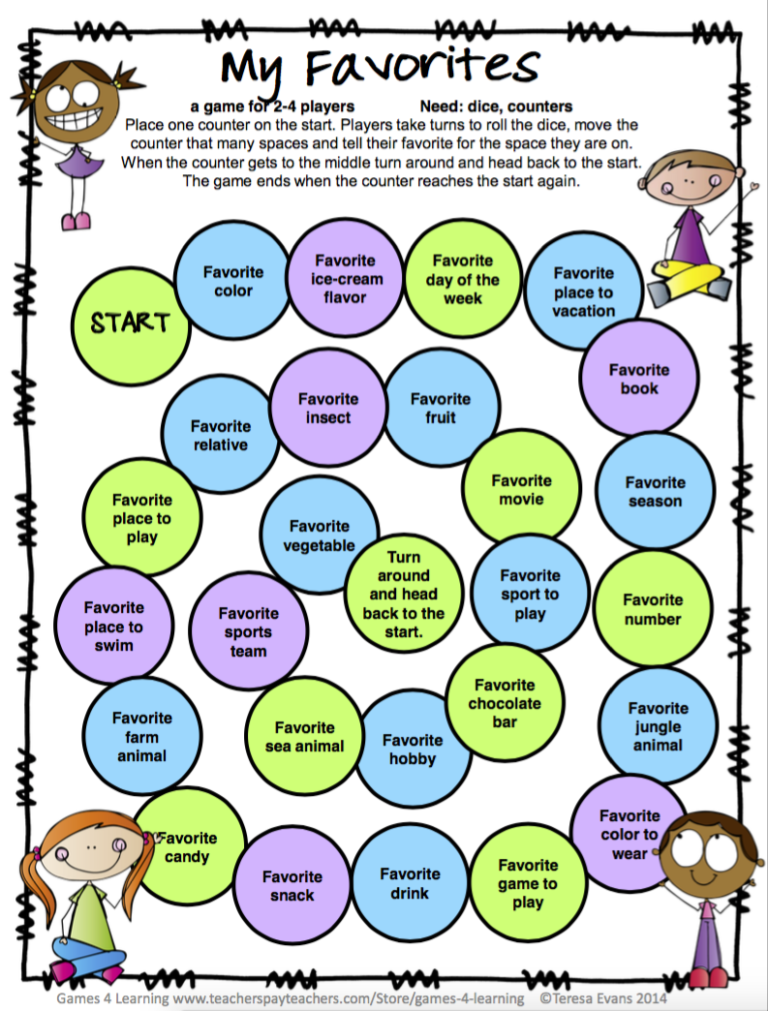 32 841.92] /Contents 209 0 R /group> /Tabs /S /StructParents 94 >> endobj 74 0 obj > /ExtGState> /ProcSet [/PDF /Text /ImageB /ImageC /ImageI] >> /MediaBox[0 0 595.32 841.92] /Contents 210 0R /group> /Tabs /S /StructParents 95 >> endobj 75 0 obj > /ExtGState> /ProcSet [/PDF /Text /ImageB /ImageC /ImageI] >> /MediaBox [0 0 595.32 841.92] /Contents 211 0 R /group> /Tabs /S /StructParents 96 >> endobj 76 0 obj > /ExtGState> /ProcSet [/PDF /Text /ImageB /ImageC /ImageI] >> /MediaBox [0 0 595.32 841.92] /Contents 212 0R /group> /Tabs /S /StructParents 97 >> endobj 77 0 obj > /ExtGState> /ProcSet [/PDF /Text /ImageB /ImageC /ImageI] >> /MediaBox[0 0 595.32 841.92] /Contents 213 0 R /group> /Tabs /S /StructParents 98 >> endobj 78 0 obj > /ExtGState> /ProcSet [/PDF /Text /ImageB /ImageC /ImageI] >> /MediaBox [0 0 595.32 841.92] /Contents 214 0 R /group> /Tabs /S /StructParents 99 >> endobj 79 0 obj > /ExtGState> /ProcSet [/PDF /Text /ImageB /ImageC /ImageI] >> /MediaBox [0 0 595.32 841.92] /Contents 215 0 R /group> /Tabs /S /StructParents 100 >> endobj 80 0 obj > /ExtGState> /ProcSet [/PDF /Text /ImageB /ImageC /ImageI] >> /MediaBox[0 0 595.
32 841.92] /Contents 209 0 R /group> /Tabs /S /StructParents 94 >> endobj 74 0 obj > /ExtGState> /ProcSet [/PDF /Text /ImageB /ImageC /ImageI] >> /MediaBox[0 0 595.32 841.92] /Contents 210 0R /group> /Tabs /S /StructParents 95 >> endobj 75 0 obj > /ExtGState> /ProcSet [/PDF /Text /ImageB /ImageC /ImageI] >> /MediaBox [0 0 595.32 841.92] /Contents 211 0 R /group> /Tabs /S /StructParents 96 >> endobj 76 0 obj > /ExtGState> /ProcSet [/PDF /Text /ImageB /ImageC /ImageI] >> /MediaBox [0 0 595.32 841.92] /Contents 212 0R /group> /Tabs /S /StructParents 97 >> endobj 77 0 obj > /ExtGState> /ProcSet [/PDF /Text /ImageB /ImageC /ImageI] >> /MediaBox[0 0 595.32 841.92] /Contents 213 0 R /group> /Tabs /S /StructParents 98 >> endobj 78 0 obj > /ExtGState> /ProcSet [/PDF /Text /ImageB /ImageC /ImageI] >> /MediaBox [0 0 595.32 841.92] /Contents 214 0 R /group> /Tabs /S /StructParents 99 >> endobj 79 0 obj > /ExtGState> /ProcSet [/PDF /Text /ImageB /ImageC /ImageI] >> /MediaBox [0 0 595.32 841.92] /Contents 215 0 R /group> /Tabs /S /StructParents 100 >> endobj 80 0 obj > /ExtGState> /ProcSet [/PDF /Text /ImageB /ImageC /ImageI] >> /MediaBox[0 0 595. 32 841.92] /Contents 216 0 R /group> /Tabs /S /StructParents 101 >> endobj 81 0 obj > /ExtGState> /ProcSet [/PDF /Text /ImageB /ImageC /ImageI] >> /Annots [217 0 R 218 0 R 219 0 R] /MediaBox [0 0 595.32 841.92] /Contents 220 0R /group> /Tabs /S /StructParents 102 >> endobj 82 0 obj > /ExtGState> /ProcSet [/PDF /Text /ImageB /ImageC /ImageI] >> /MediaBox [0 0 595.32 841.92] /Contents 221 0R /group> /Tabs /S /StructParents 106 >> endobj 83 0 obj > /ExtGState> /ProcSet [/PDF /Text /ImageB /ImageC /ImageI] >> /MediaBox[0 0 595.32 841.92] /Contents 222 0R /group> /Tabs /S /StructParents 107 >> endobj 84 0 obj > /ExtGState> /ProcSet [/PDF /Text /ImageB /ImageC /ImageI] >> /MediaBox [0 0 595.32 841.92] /Contents 223 0 R /group> /Tabs /S /StructParents 108 >> endobj 85 0 obj > /ExtGState> /ProcSet [/PDF /Text /ImageB /ImageC /ImageI] >> /MediaBox [0 0 595.32 841.92] /Contents 224 0R /group> /Tabs /S /StructParents 109 >> endobj 86 0 obj > /ExtGState> /ProcSet [/PDF /Text /ImageB /ImageC /ImageI] >> /MediaBox[0 0 595.
32 841.92] /Contents 216 0 R /group> /Tabs /S /StructParents 101 >> endobj 81 0 obj > /ExtGState> /ProcSet [/PDF /Text /ImageB /ImageC /ImageI] >> /Annots [217 0 R 218 0 R 219 0 R] /MediaBox [0 0 595.32 841.92] /Contents 220 0R /group> /Tabs /S /StructParents 102 >> endobj 82 0 obj > /ExtGState> /ProcSet [/PDF /Text /ImageB /ImageC /ImageI] >> /MediaBox [0 0 595.32 841.92] /Contents 221 0R /group> /Tabs /S /StructParents 106 >> endobj 83 0 obj > /ExtGState> /ProcSet [/PDF /Text /ImageB /ImageC /ImageI] >> /MediaBox[0 0 595.32 841.92] /Contents 222 0R /group> /Tabs /S /StructParents 107 >> endobj 84 0 obj > /ExtGState> /ProcSet [/PDF /Text /ImageB /ImageC /ImageI] >> /MediaBox [0 0 595.32 841.92] /Contents 223 0 R /group> /Tabs /S /StructParents 108 >> endobj 85 0 obj > /ExtGState> /ProcSet [/PDF /Text /ImageB /ImageC /ImageI] >> /MediaBox [0 0 595.32 841.92] /Contents 224 0R /group> /Tabs /S /StructParents 109 >> endobj 86 0 obj > /ExtGState> /ProcSet [/PDF /Text /ImageB /ImageC /ImageI] >> /MediaBox[0 0 595.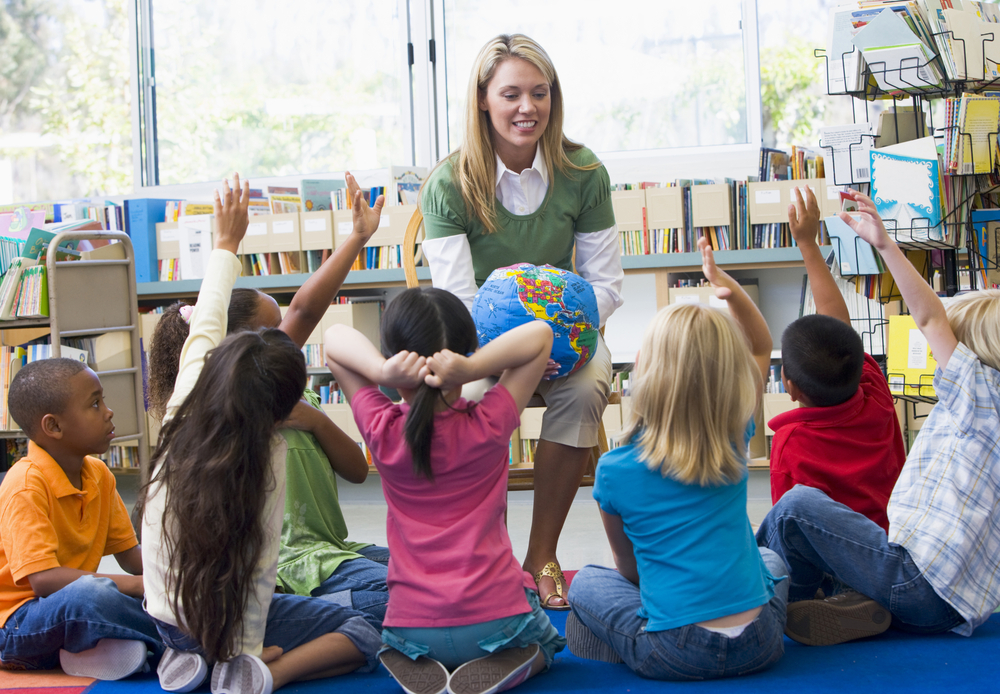 32 841.92] /Contents 225 0 R /group> /Tabs /S /StructParents 110 >> endobj 87 0 obj > /ExtGState> /ProcSet [/PDF /Text /ImageB /ImageC /ImageI] >> /MediaBox [0 0 595.32 841.92] /Contents 226 0R /group> /Tabs /S /StructParents 111 >> endobj 88 0 obj > /ExtGState> /ProcSet [/PDF /Text /ImageB /ImageC /ImageI] >> /MediaBox [0 0 595.32 841.92] /Contents 227 0 R /group> /Tabs /S /StructParents 112 >> endobj 89 0 obj > /ExtGState> /ProcSet [/PDF /Text /ImageB /ImageC /ImageI] >> /MediaBox[0 0 595.32 841.92] /Contents 228 0 R /group> /Tabs /S /StructParents 113 >> endobj 90 0 obj > /ExtGState> /ProcSet [/PDF /Text /ImageB /ImageC /ImageI] >> /MediaBox [0 0 595.32 841.92] /Contents 230 0 R /group> /Tabs /S /StructParents 114 >> endobj 91 0 obj > /ExtGState> /ProcSet [/PDF /Text /ImageB /ImageC /ImageI] >> /MediaBox [0 0 595.32 841.92] /Contents 231 0 R /group> /Tabs /S /StructParents 115 >> endobj 92 0 obj > /ExtGState> /ProcSet [/PDF /Text /ImageB /ImageC /ImageI] >> /MediaBox[0 0 595.32 841.92] /Contents 232 0R /group> /Tabs /S /StructParents 116 >> endobj 93 0 obj > endobj 94 0 obj > endobj 95 0 obj > endobj 96 0 obj > endobj 97 0 obj > endobj 98 0 obj > endobj 99 0 obj > endobj 100 0 obj > endobj 101 0 obj > endobj 102 0 obj > endobj 103 0 obj > stream x
32 841.92] /Contents 225 0 R /group> /Tabs /S /StructParents 110 >> endobj 87 0 obj > /ExtGState> /ProcSet [/PDF /Text /ImageB /ImageC /ImageI] >> /MediaBox [0 0 595.32 841.92] /Contents 226 0R /group> /Tabs /S /StructParents 111 >> endobj 88 0 obj > /ExtGState> /ProcSet [/PDF /Text /ImageB /ImageC /ImageI] >> /MediaBox [0 0 595.32 841.92] /Contents 227 0 R /group> /Tabs /S /StructParents 112 >> endobj 89 0 obj > /ExtGState> /ProcSet [/PDF /Text /ImageB /ImageC /ImageI] >> /MediaBox[0 0 595.32 841.92] /Contents 228 0 R /group> /Tabs /S /StructParents 113 >> endobj 90 0 obj > /ExtGState> /ProcSet [/PDF /Text /ImageB /ImageC /ImageI] >> /MediaBox [0 0 595.32 841.92] /Contents 230 0 R /group> /Tabs /S /StructParents 114 >> endobj 91 0 obj > /ExtGState> /ProcSet [/PDF /Text /ImageB /ImageC /ImageI] >> /MediaBox [0 0 595.32 841.92] /Contents 231 0 R /group> /Tabs /S /StructParents 115 >> endobj 92 0 obj > /ExtGState> /ProcSet [/PDF /Text /ImageB /ImageC /ImageI] >> /MediaBox[0 0 595.32 841.92] /Contents 232 0R /group> /Tabs /S /StructParents 116 >> endobj 93 0 obj > endobj 94 0 obj > endobj 95 0 obj > endobj 96 0 obj > endobj 97 0 obj > endobj 98 0 obj > endobj 99 0 obj > endobj 100 0 obj > endobj 101 0 obj > endobj 102 0 obj > endobj 103 0 obj > stream x Socio-legal protection of children in kindergarten
Modern conditions associated with the global processes of introducing information processes into human life, which require a lot of stress from a person, especially from children, therefore, the importance of providing comfortable conditions for the cognitive activity of children is actualized, infusing children into the modern social environment.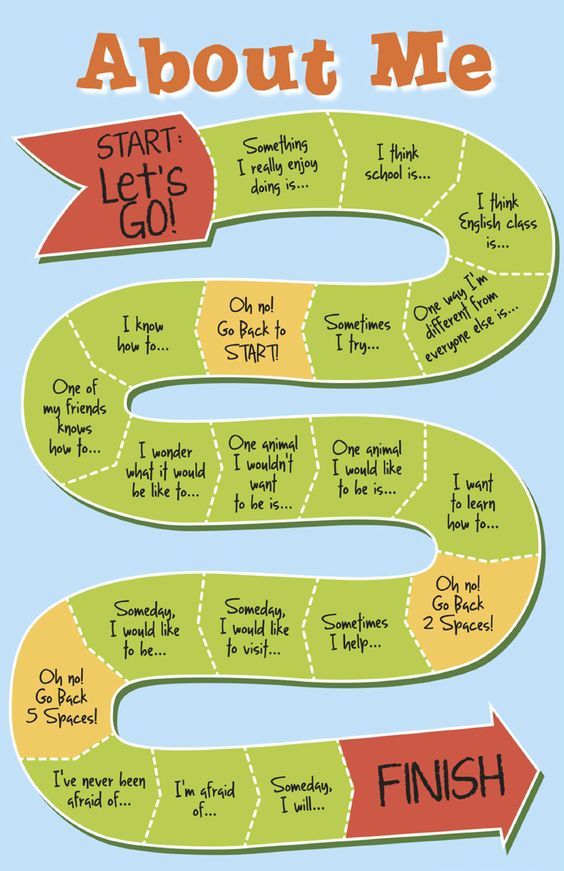 This work should be carried out at all levels of education, but it is especially important to start it in the early stages of children's development so that the child can gradually get used to the new conditions of activity in modern society.
This work should be carried out at all levels of education, but it is especially important to start it in the early stages of children's development so that the child can gradually get used to the new conditions of activity in modern society.
The first stage of purposeful education is preschool. Social and pedagogical work in an educational institution is one of the most important components of creating an optimal developmental environment.
Social educator - a teacher whose main activity is to help parents (legal representatives) of pupils of preschool educational institutions in educating and protecting the rights of children. A social educator is a professionally trained specialist.
The purpose of his work is to create favorable conditions for the personal development of the child (physical, social, spiritual, moral, intellectual), to provide him with comprehensive socio-psychological assistance, as well as to protect the child in his living space. A social educator acts as an intermediary between a child and an adult, a child and his environment, as well as a mentor in direct communication with the child or his environment.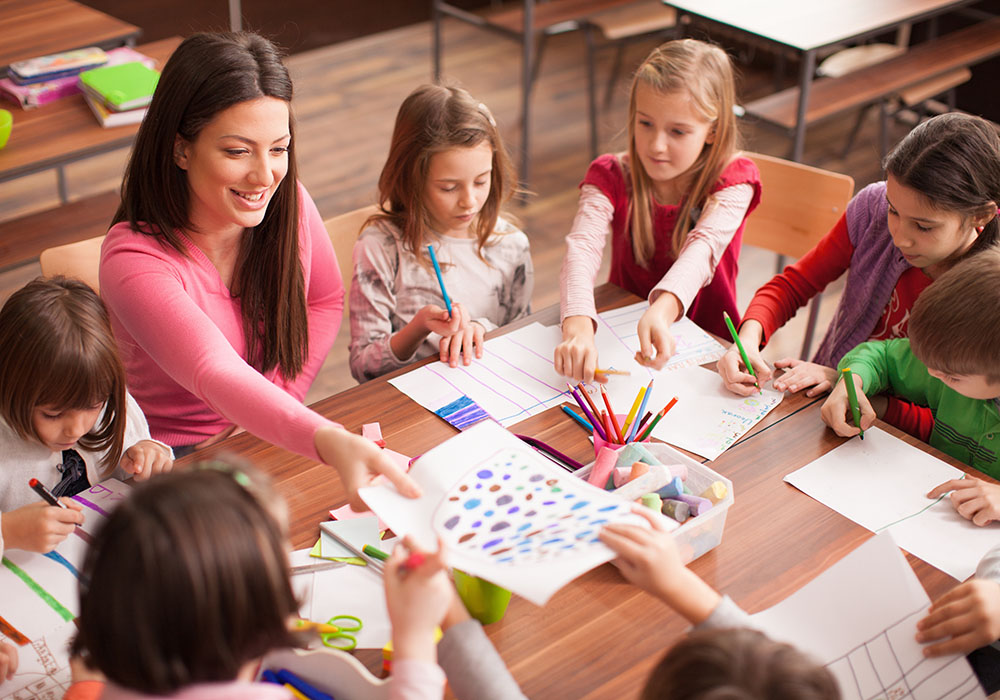
General issues of the formation and development of social and pedagogical services in educational institutions are disclosed in the works of A. I. Akulova, N. E. Beketova, T. A. Vasilkova, Yu. V. Vasilkova, M. A. Galaguzova, V. N Gurova, I. N. Zakatova, P. A. Sheptenko et al. Morozova, L. Ya. Olifirenko, L. K. Sidorova et al.
A comparative analysis of domestic and foreign experience in providing social and pedagogical assistance to children shows that it is fundamentally different from social assistance to any category of the adult population in that it must necessarily have a pedagogical component associated with the upbringing and education of the child, his development and successful socialization. Consequently, the activity aimed at providing social assistance to children is socio-pedagogical and is a kind of pedagogical activity [7].
Social and pedagogical activity as a kind of pedagogical activity has common features and distinctive features with it. Most researchers refer to common features as the identity of the main function that both pedagogical and socio-pedagogical activities perform in society - social inheritance, sociocultural reproduction and human development.
M. A. Galaguzova notes that if pedagogical activity is of a normative and program nature, then social and pedagogical activity is always targeted, aimed at a particular child and solving his individual problems. If pedagogical activity is continuous, then social and pedagogical activity in some cases is limited by the time period during which the problem is solved. The professional activity of a teacher, as a rule, is carried out in an institution of the education system, while socio-pedagogical activity has a much wider scope [5].
L.A. and M.A. Belyaev believe that the concept of "adaptation" is the key to the definition of social and pedagogical activity. In modern conditions, a person repeatedly has to deal with a change in the social environment throughout his life. He may find himself in a situation characterized by the need to change himself, or the environment, or both together, that is, he faces the need to adapt to changed conditions. Some people are able to solve a problem situation on their own, adapt to changing social conditions.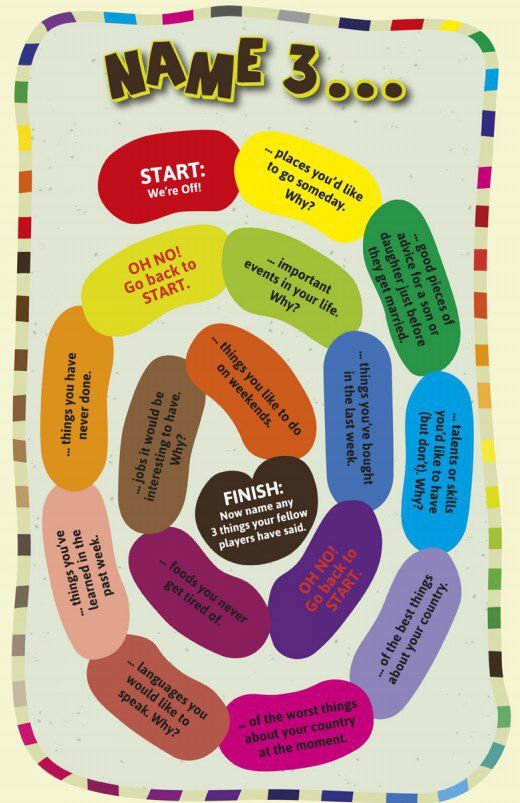 Others, unable to adapt, lose their socially significant qualities and become the object of professional assistance. According to teachers L. A. and M. A. Belyaev, the main distinguishing feature of social and pedagogical activity is that the need for it arises if a person (group of people) has a problematic situation in relations with the environment [6] .
Others, unable to adapt, lose their socially significant qualities and become the object of professional assistance. According to teachers L. A. and M. A. Belyaev, the main distinguishing feature of social and pedagogical activity is that the need for it arises if a person (group of people) has a problematic situation in relations with the environment [6] .
Thus, socio-pedagogical activity can be considered as a purposeful work of a professional in the social education of a person in a particular society with the aim of its successful social adaptation.
Social and pedagogical activity is implemented in the form of a complex of preventive, rehabilitation, correctional and developmental measures, as well as through the pedagogically expedient organization of various spheres of life of the wards [8].
In conditions of emotional support and comfort, the feeling of fear gradually disappears. The child, having begun to act, discovers that there is no real threat. Instead, there was a horror story that you should not be afraid of.
Gazman O. S. believes that the main area in which a child needs social and pedagogical assistance is the sphere of communication [2]. Relationships with peers, communication with them are the most important in the life of children, determining their behavior and activities. They need to know the opinion of friends and acquaintances about themselves, to feel a sense of acceptance by their comrades, to have a concurrence of opinions on various issues.
To enter the sphere of children's communication, to understand the position of everyone in it, to learn how to correct relations between people is the most important function of a social pedagogue.
Often, the rights of the child are violated by the closest and dearest people. "Problem" parents are not the fault of the child, but his misfortune and misfortune. Child abuse is not just about beating, injuring, sexually harassing, and other ways adults mutilate a child's body. This is humiliation, bullying, various forms of neglect that hurt a child's soul.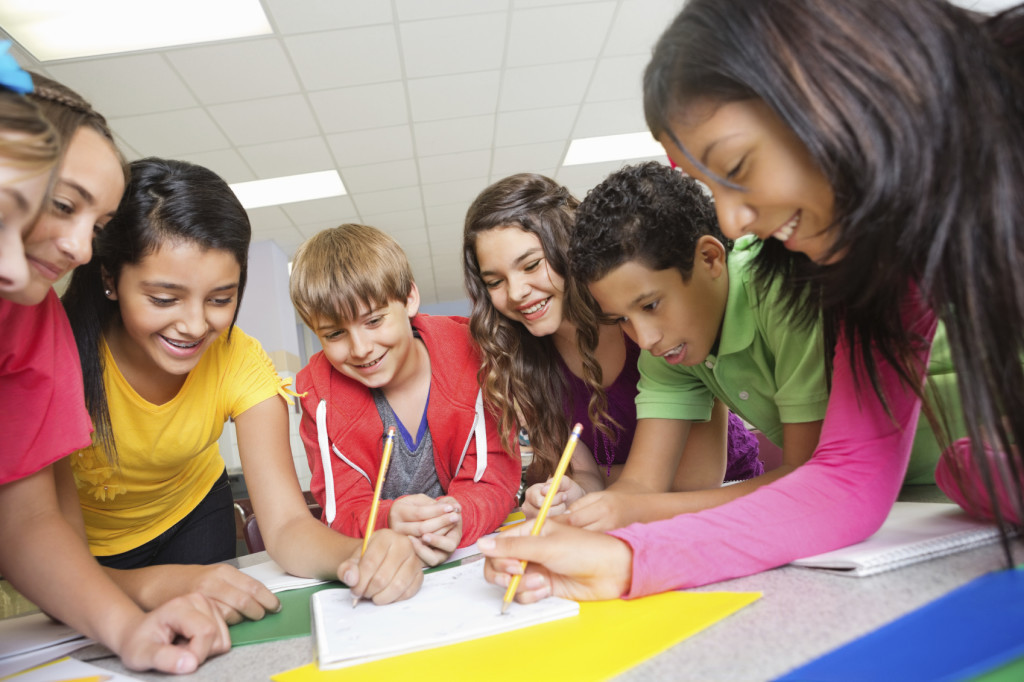
The task of social educators is to find ways to change the attitude of parents to aggressive behavior towards the child.
What is the reason for the violation of the rights of the child? Of course, not in the absence of relevant laws, but in the unsatisfactory use of the legal framework. In addition, children and many adults do not know the Convention on the Rights of the Child and, therefore, do not have the opportunity to put its articles into practice. It is also important that often parents are not familiar with constructive methods of influencing a child [3].
To implement the creation of a system of work to protect the rights of the child in preschool educational institutions, the following activities are recommended:
- development of a planning system;
- providing scientific and methodological support for this area;
- preparation of didactic material;
- determination of the content of the work;
- creation of a form of its organization at the level of all participants in the educational process.
It is best to start implementing the provisions of the Convention with diagnostics, identifying various aspects of the problem through questionnaires, testing, etc.
The problem of protecting the rights of the child has a multifaceted nature, but one thing is clear: it cannot be solved only at the level of preschool educational institutions, it is very important to establish a common system of work, involving children, parents, teachers, and psychologists in it.
The following forms of their interaction can be defined:
- role-playing games;
- competitions;
- dramatizations;
- meetings with interesting people;
- discussions (cycle of events of the discussion hall) [4].
The work of a social educator is very diverse and requires a lot of effort, patience and creativity. Organizing his work, the social pedagogue directs efforts to create a healthy, emotionally stable and prosperous microclimate both in adult and children's groups, contributes to the humanization of interpersonal relations (teacher - teacher, teacher - child, child - peer, child - group, child - parent, teacher - parent), protects the rights and interests of each child, participates in the organization of leisure and recreation for children, helps to reveal the abilities of each pupil.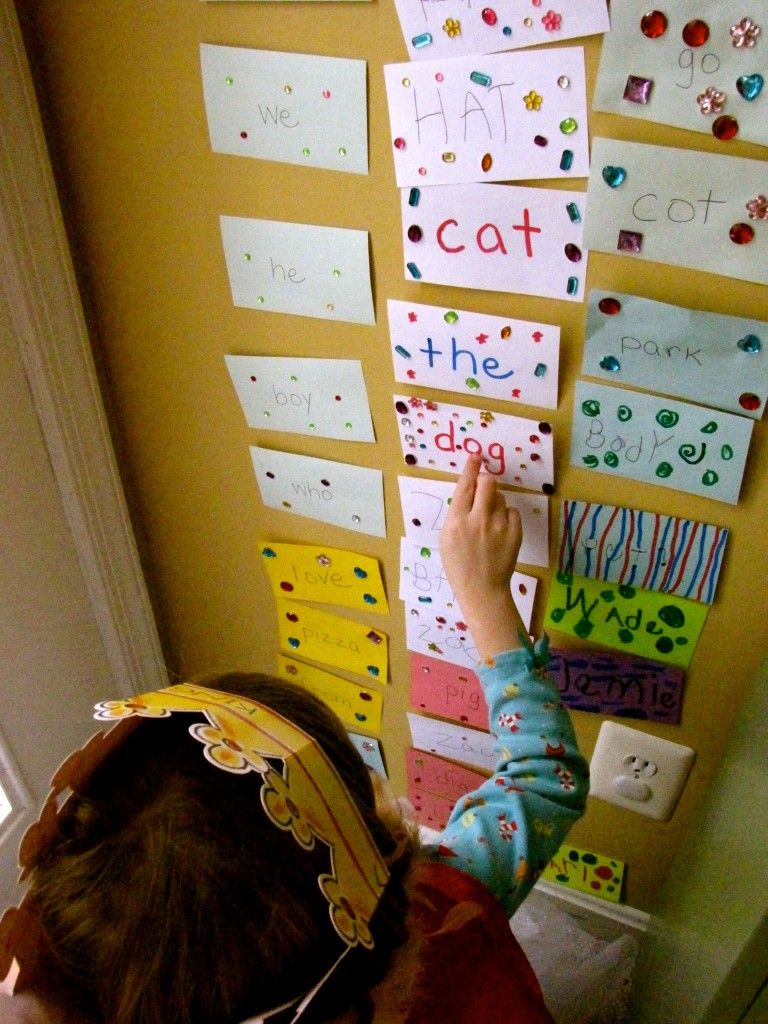
Social pedagogical activity in the conditions of a preschool educational institution is that work that includes pedagogical and psychological activities aimed at helping the child, teacher and parent in developing their own individuality, organizing themselves, their psychological state; assistance in solving emerging problems and overcoming them in communication; as well as help in becoming a small person in society.
Literature:
1. Belicheva S. A. Social and pedagogical support for children and families at risk; interdepartmental approach. — M.: 2006.
2. Gazman O. S., Ivanov A. E., The content of the activity and work experience of the released class teacher (class teacher) - M., 1922.
3. Gurov V. N. Social work of educational institutions. - M .: 2006.
4. Protection of the rights and dignity of a small child (a benefit for employees of preschool educational institutions). - M .: "Enlightenment", 2006.
5. Mikhailova N. N., Yusfin S.